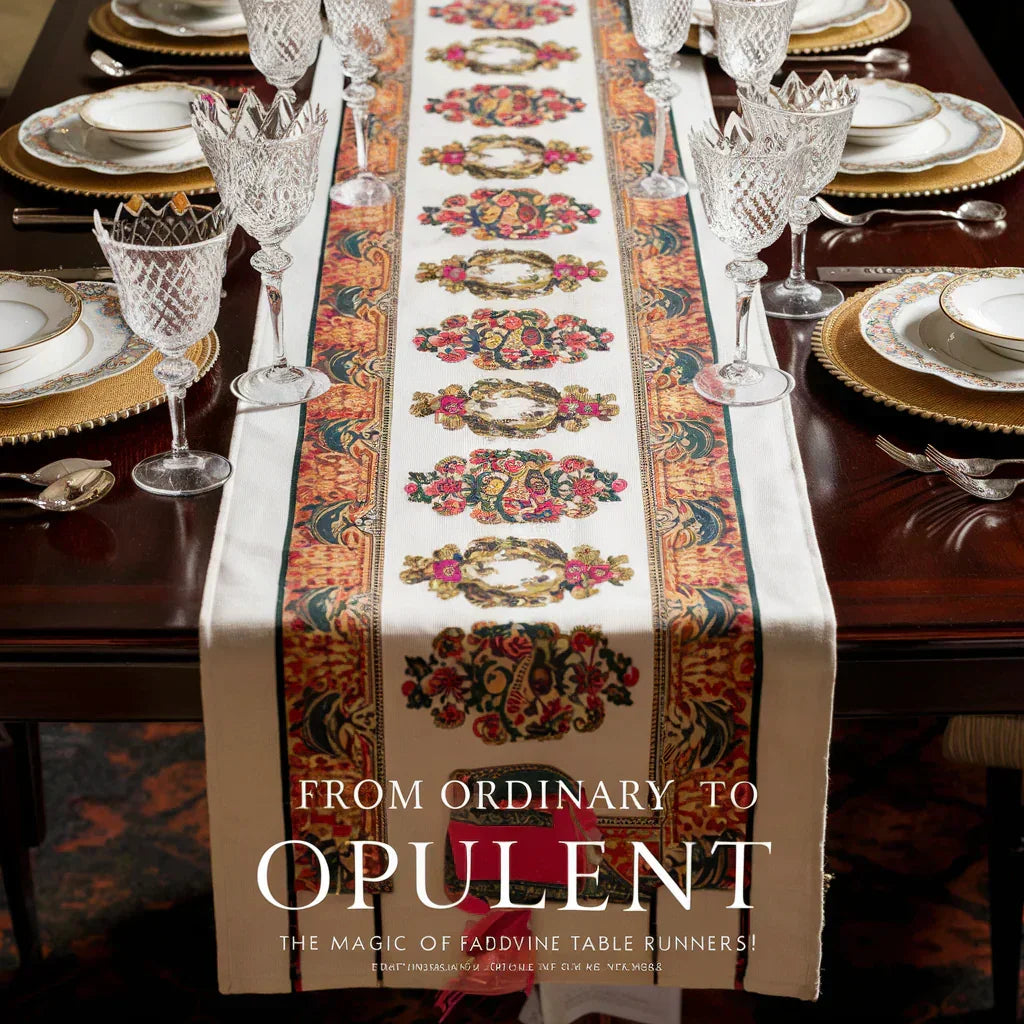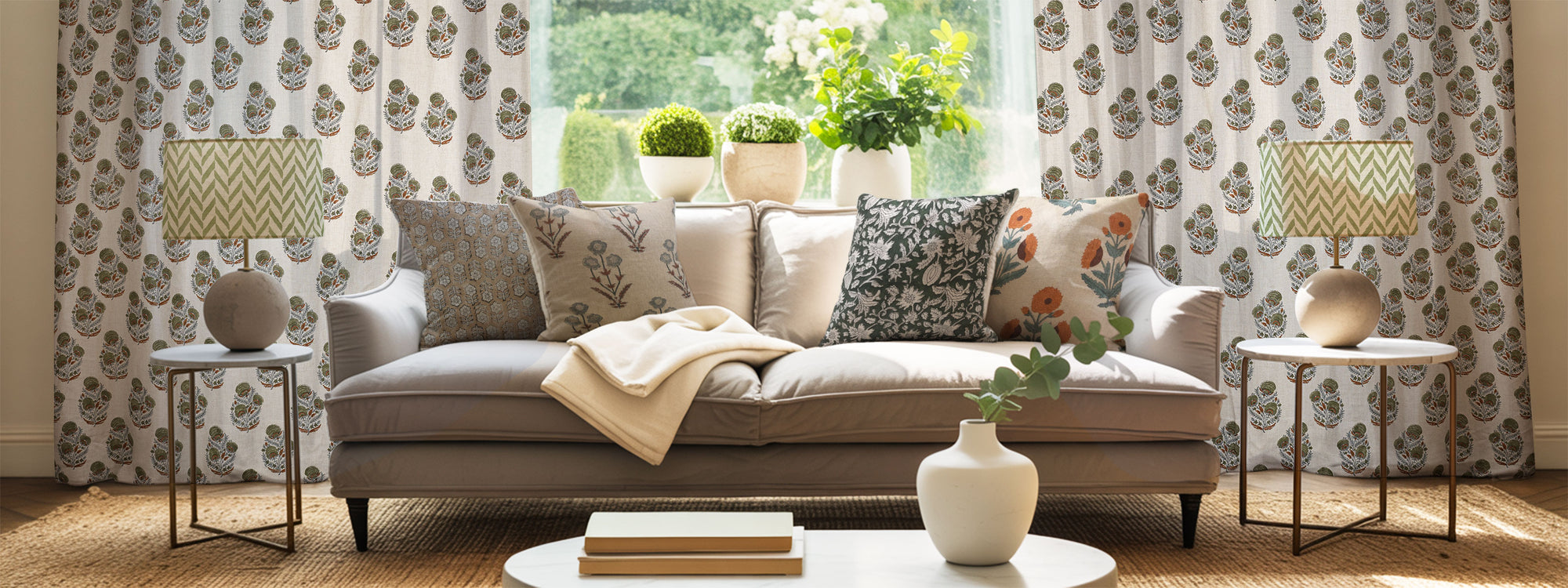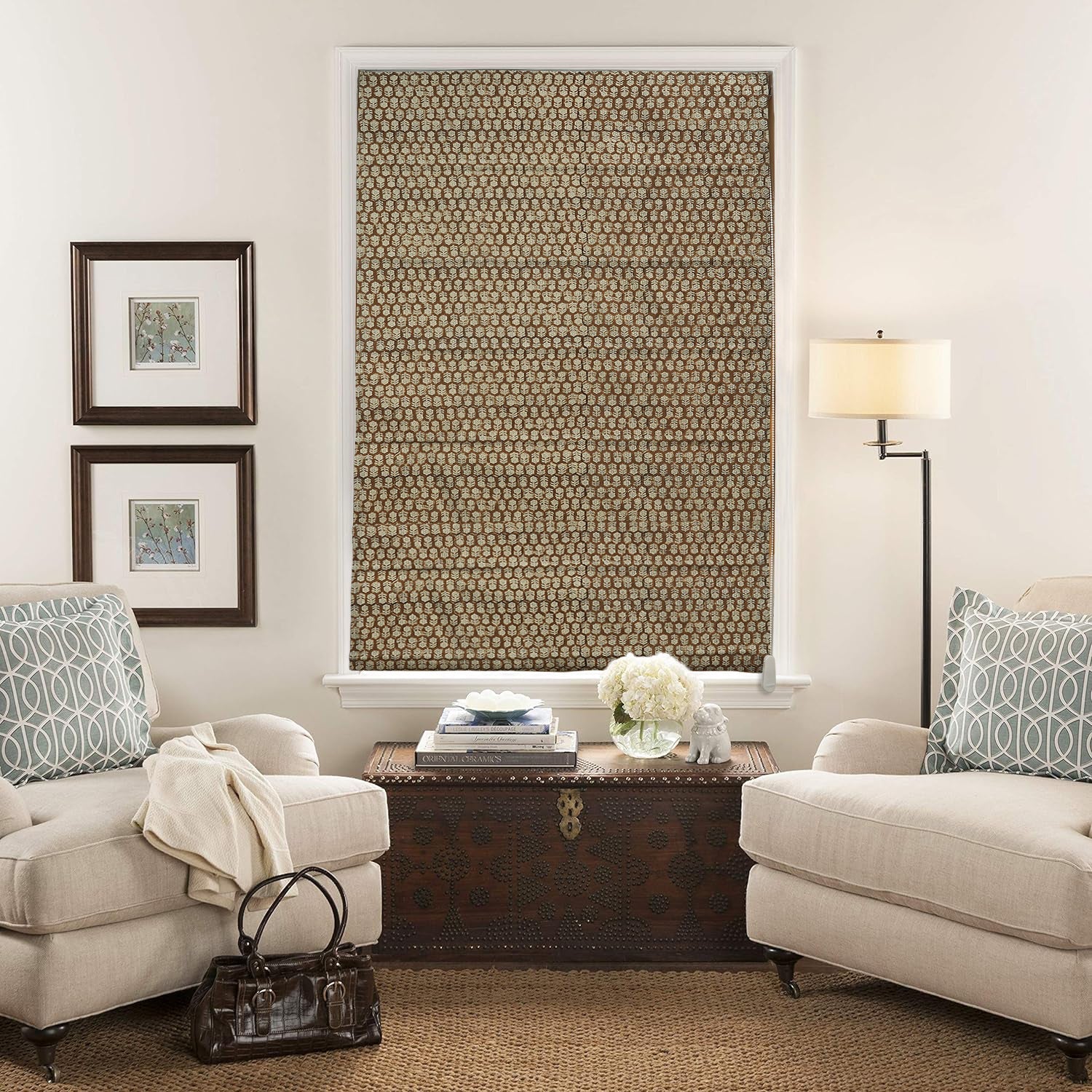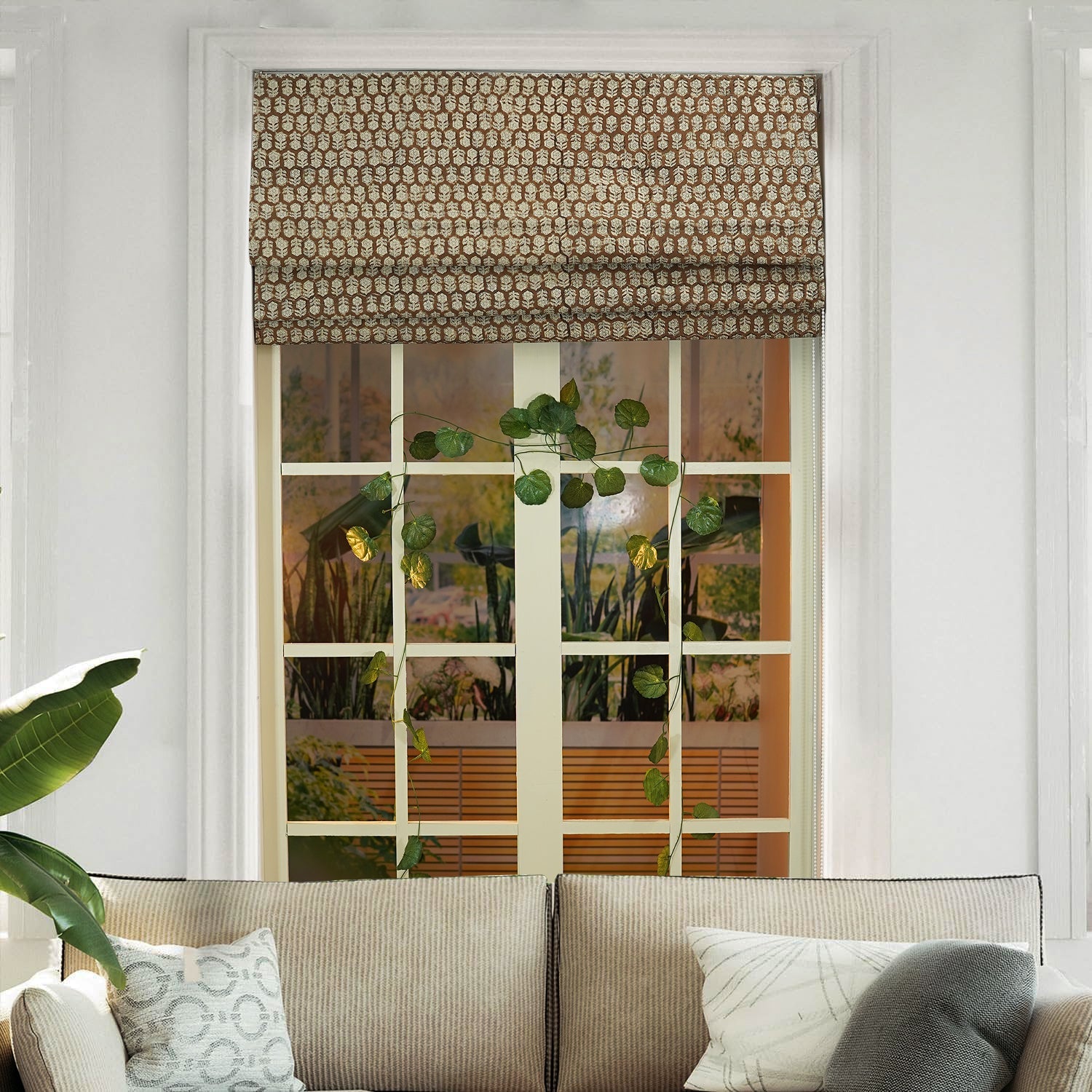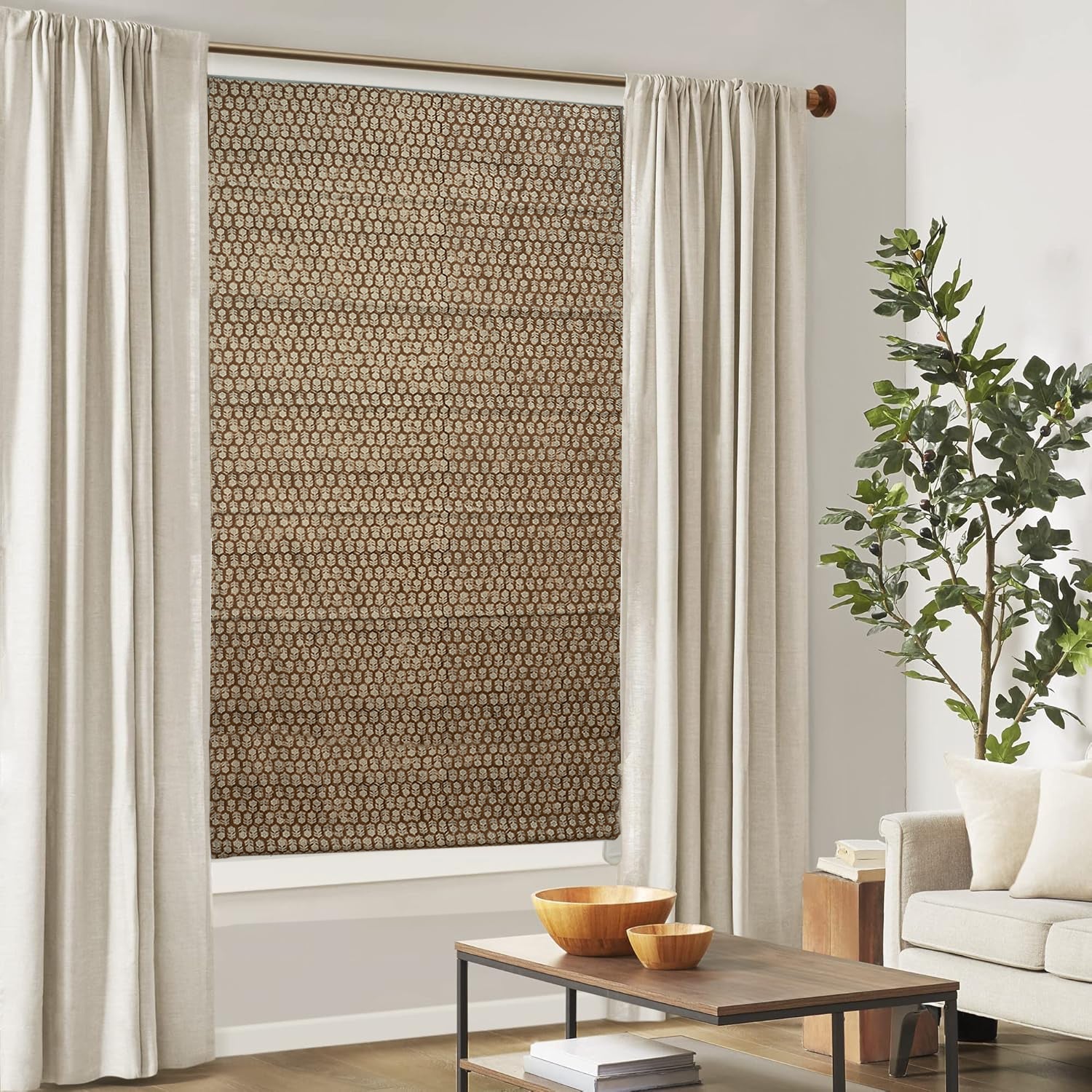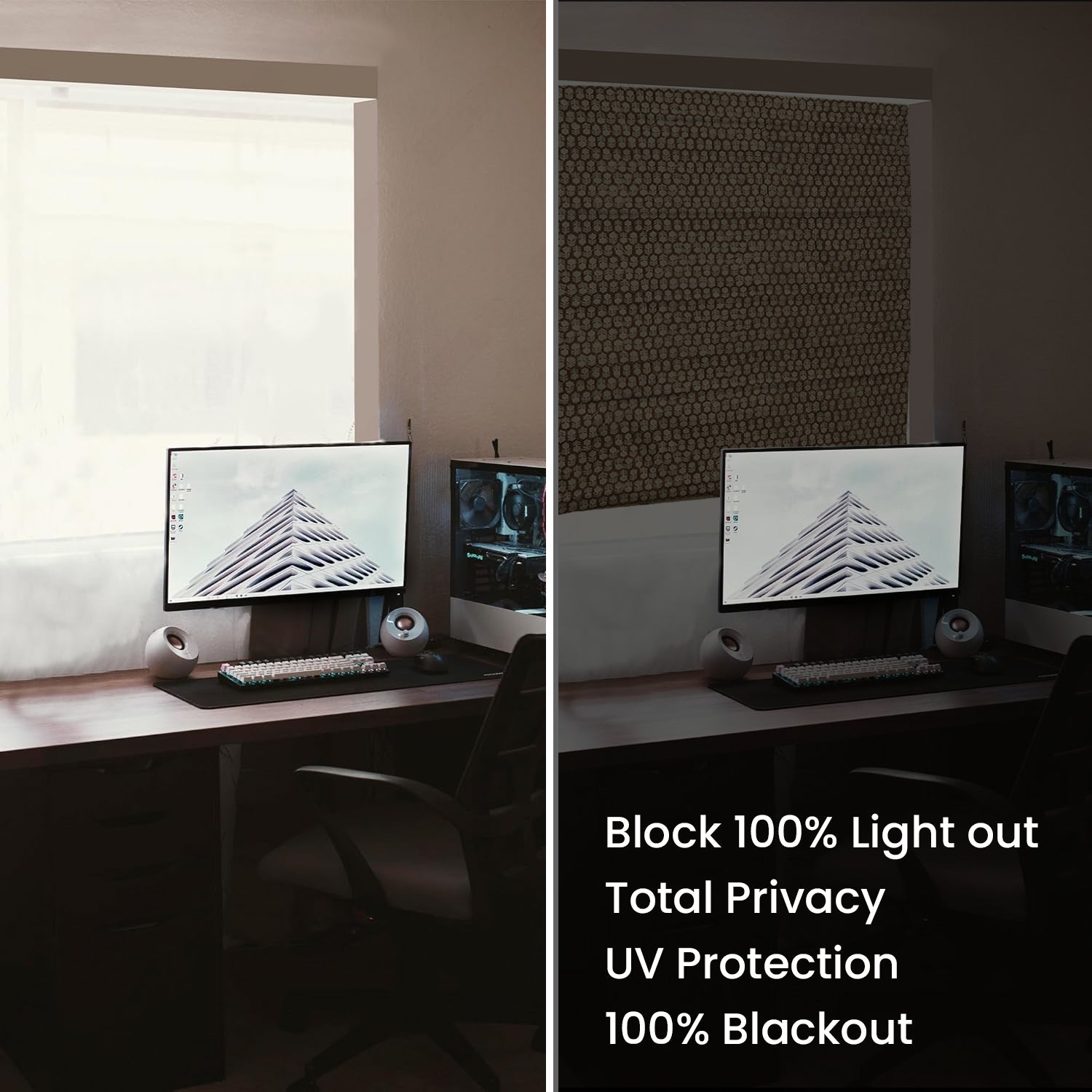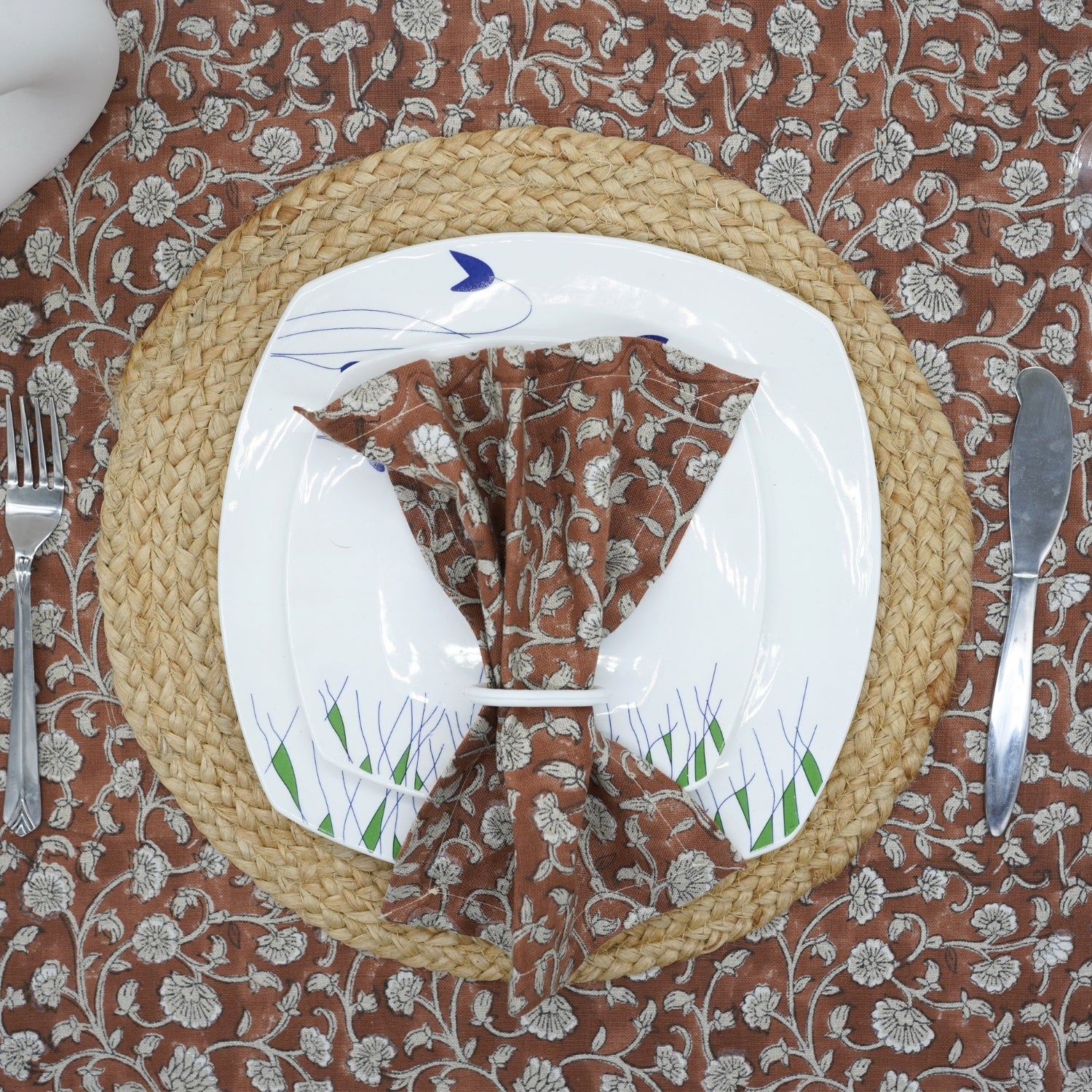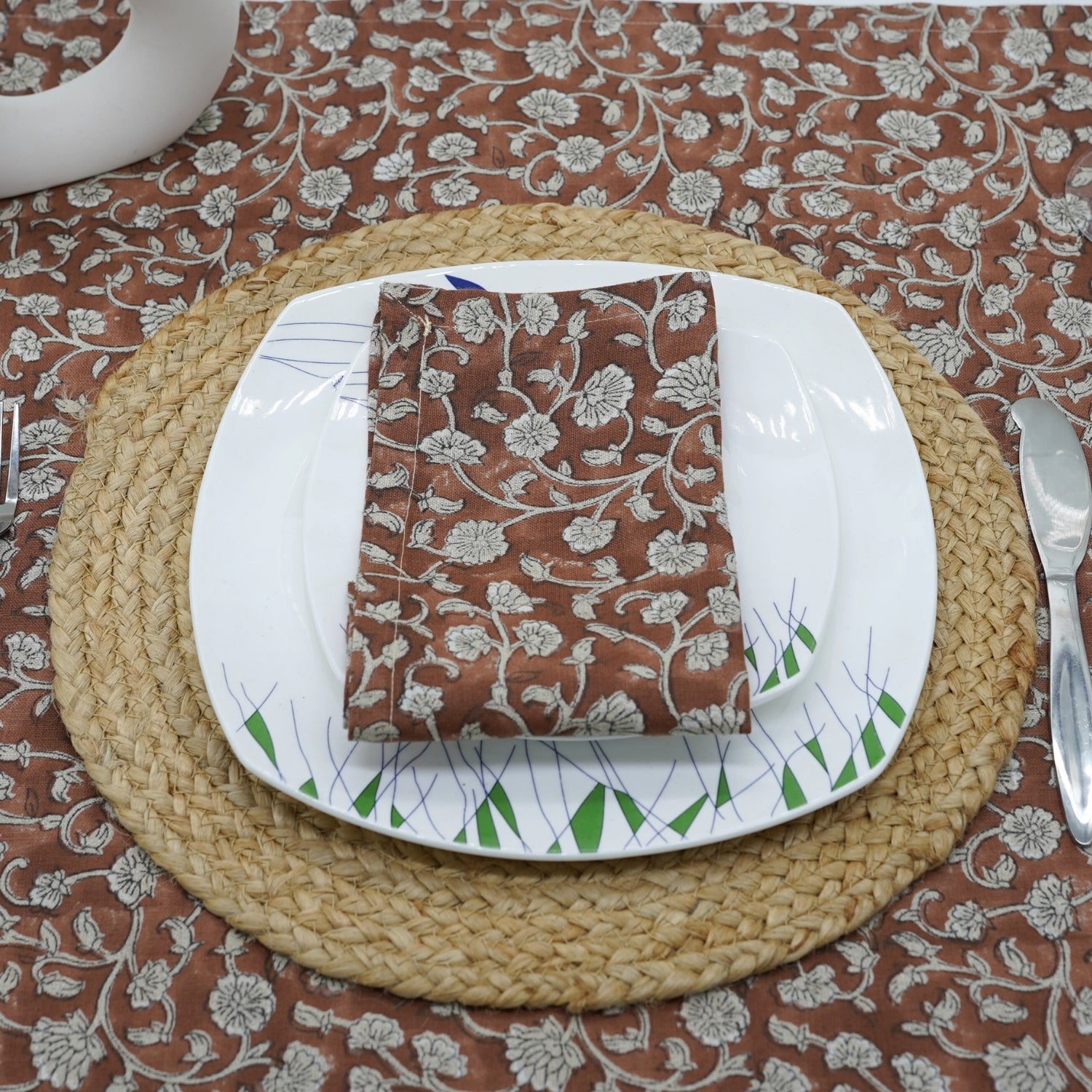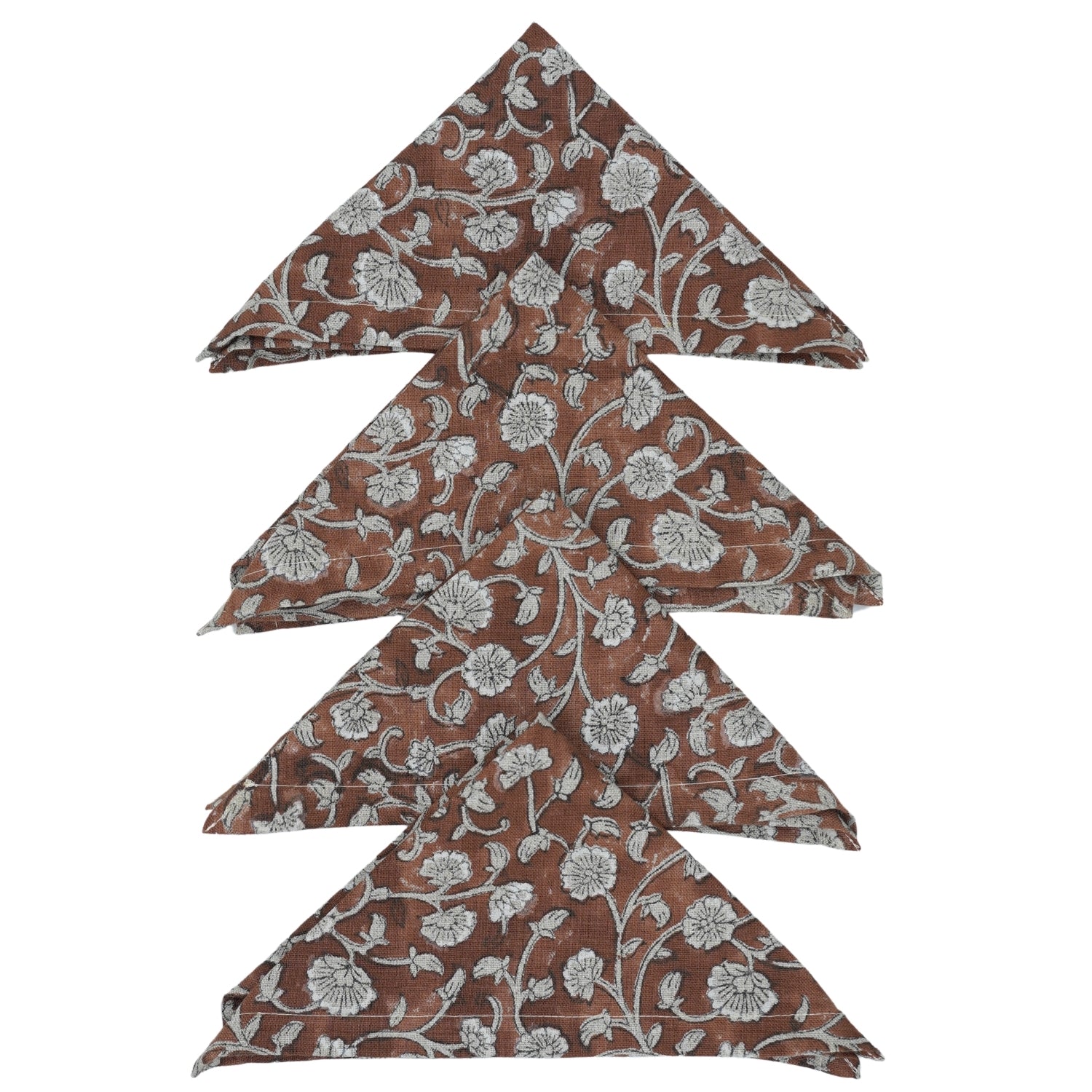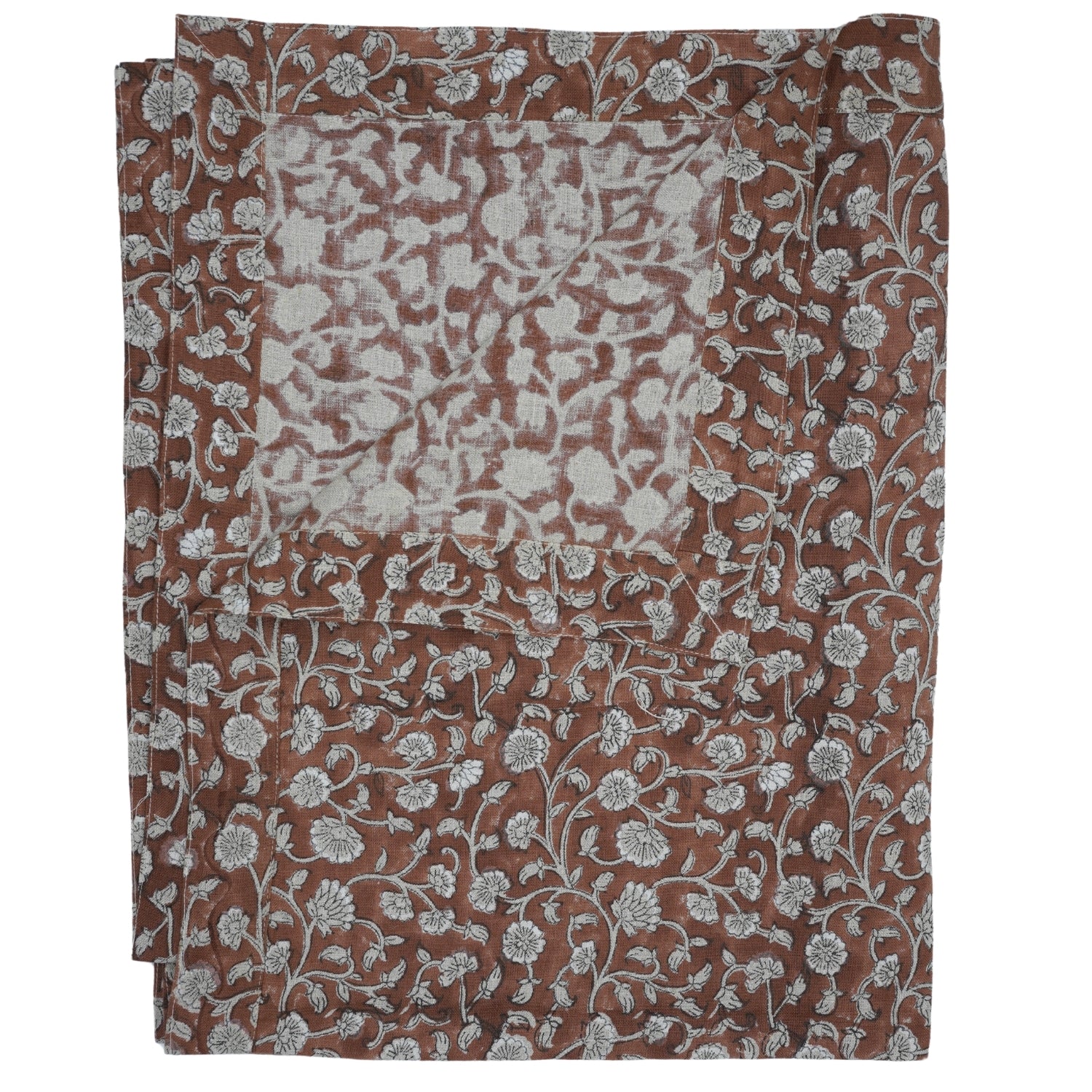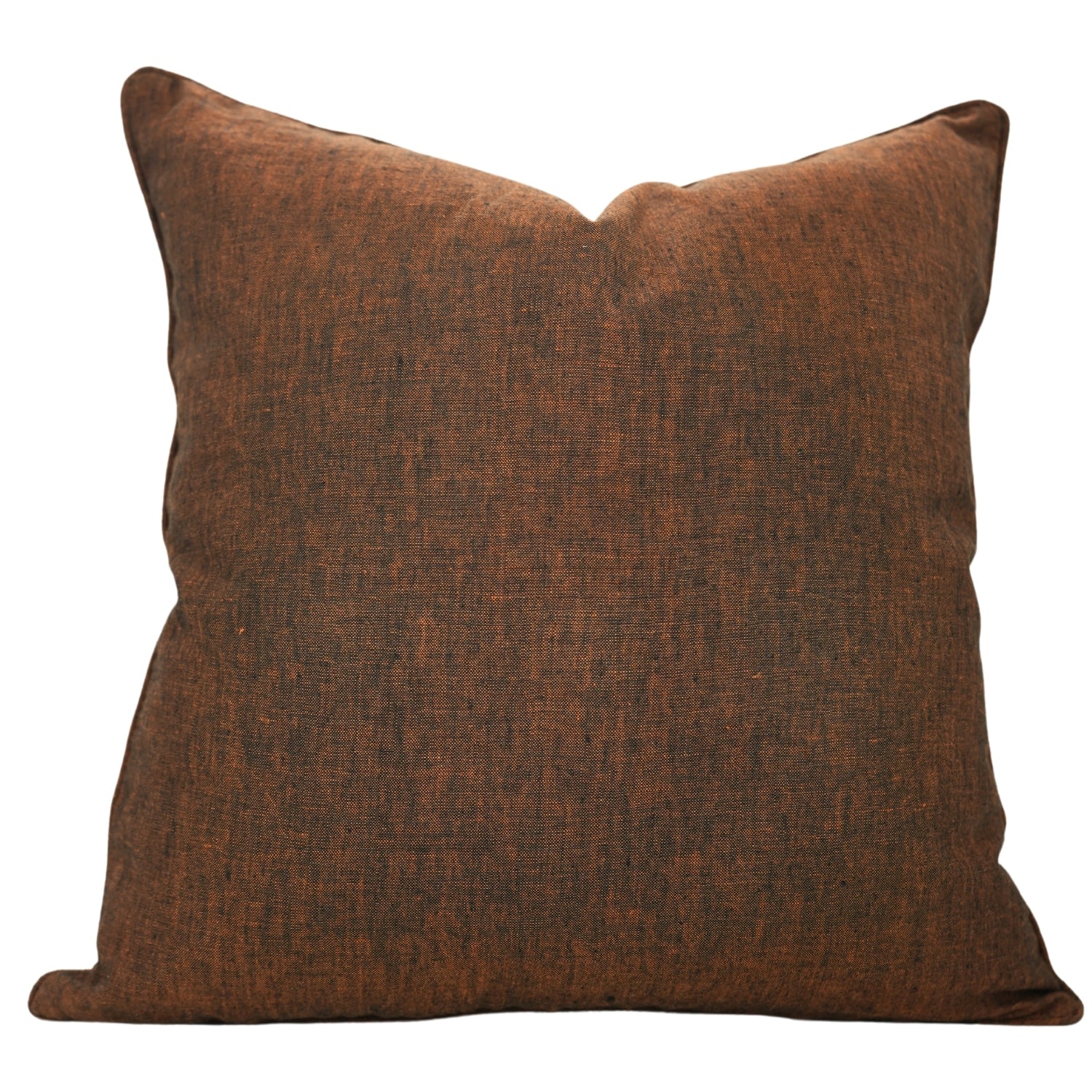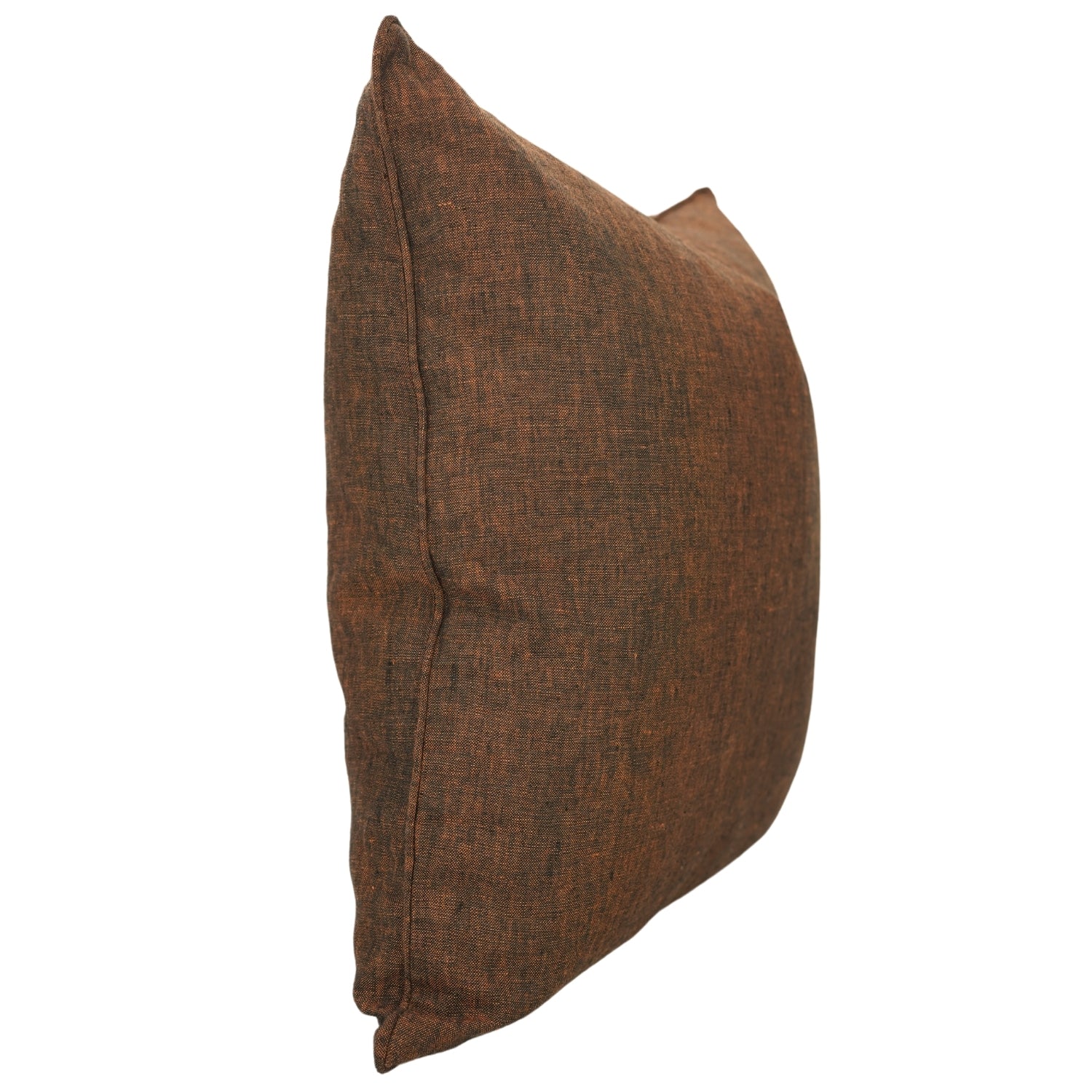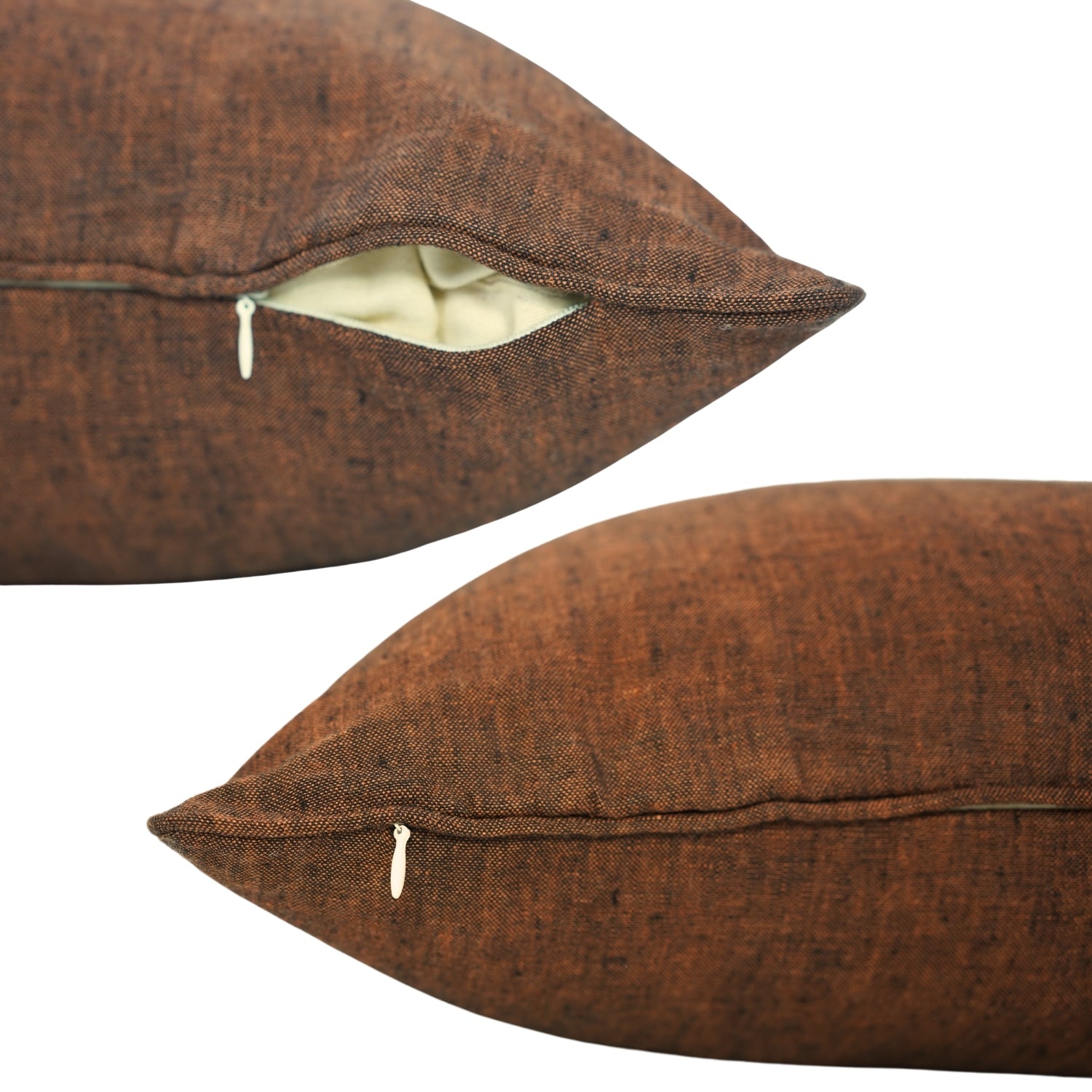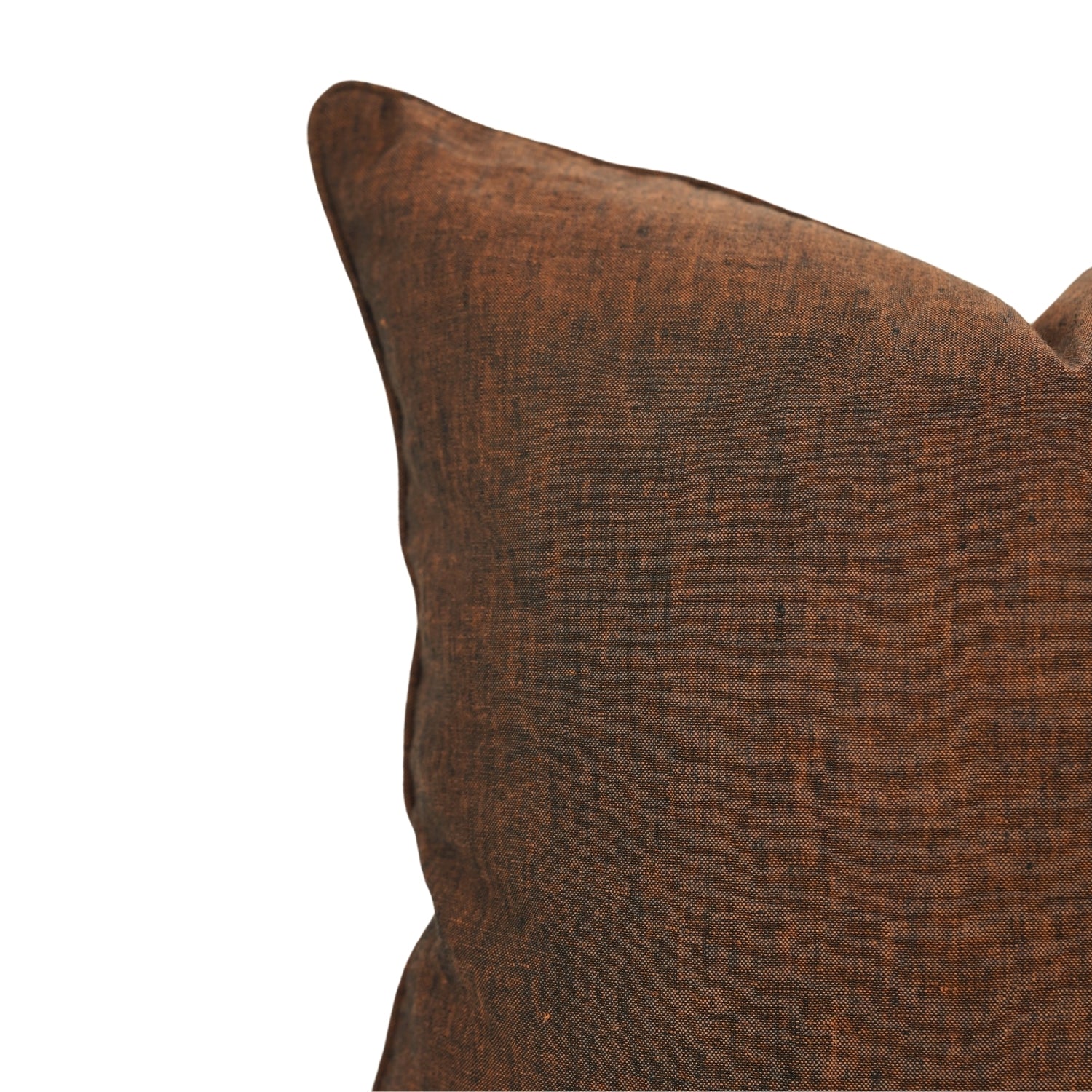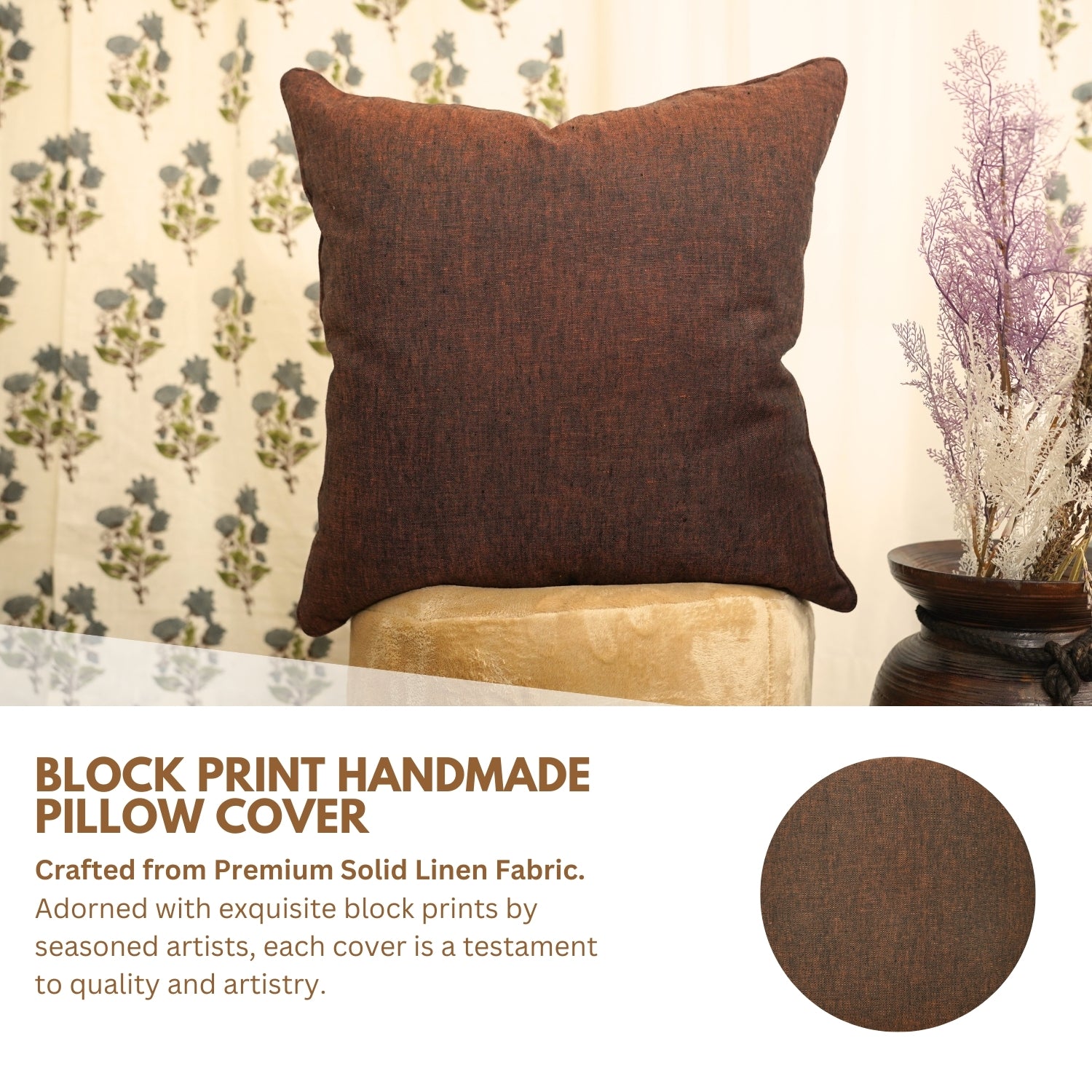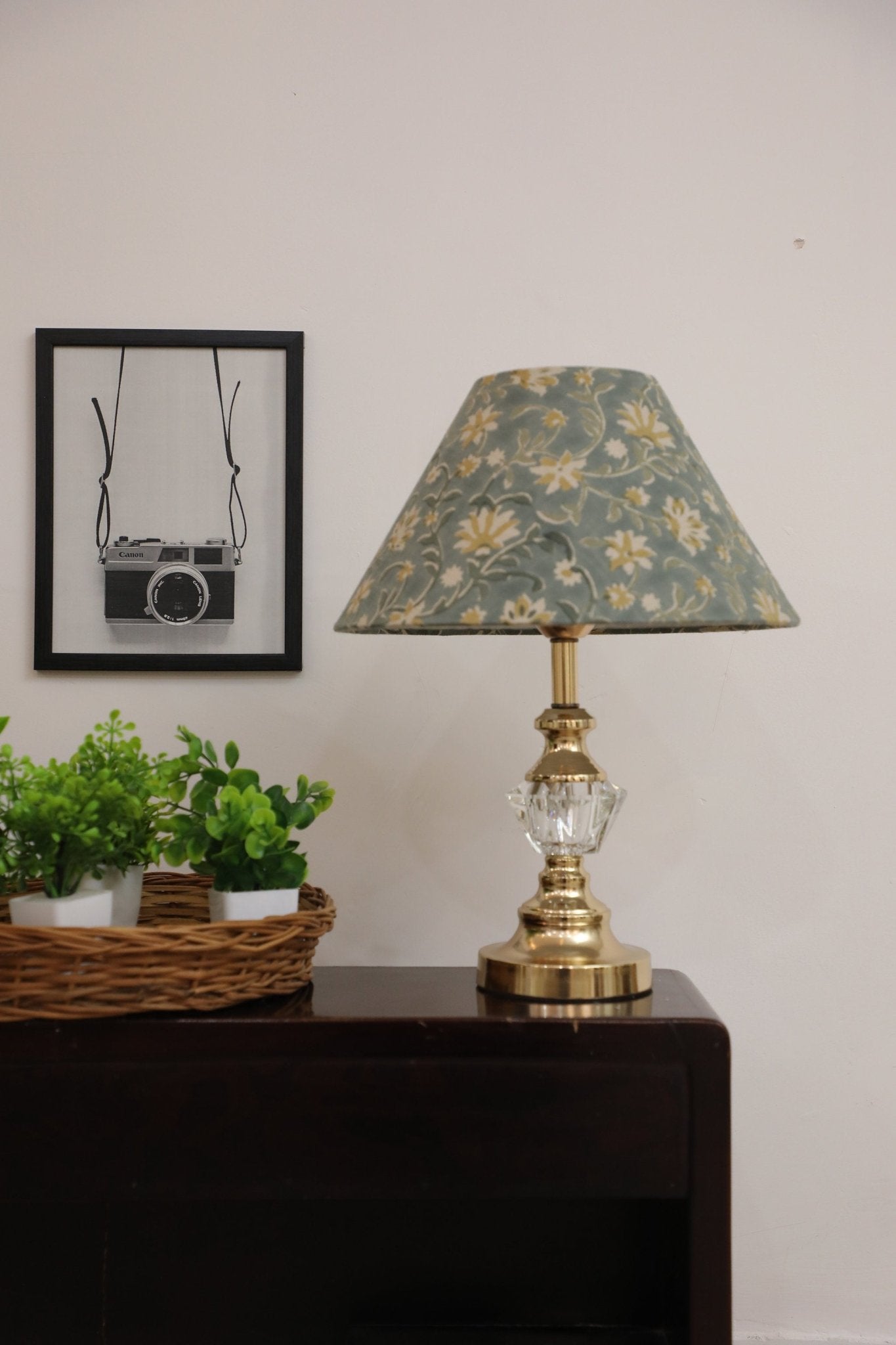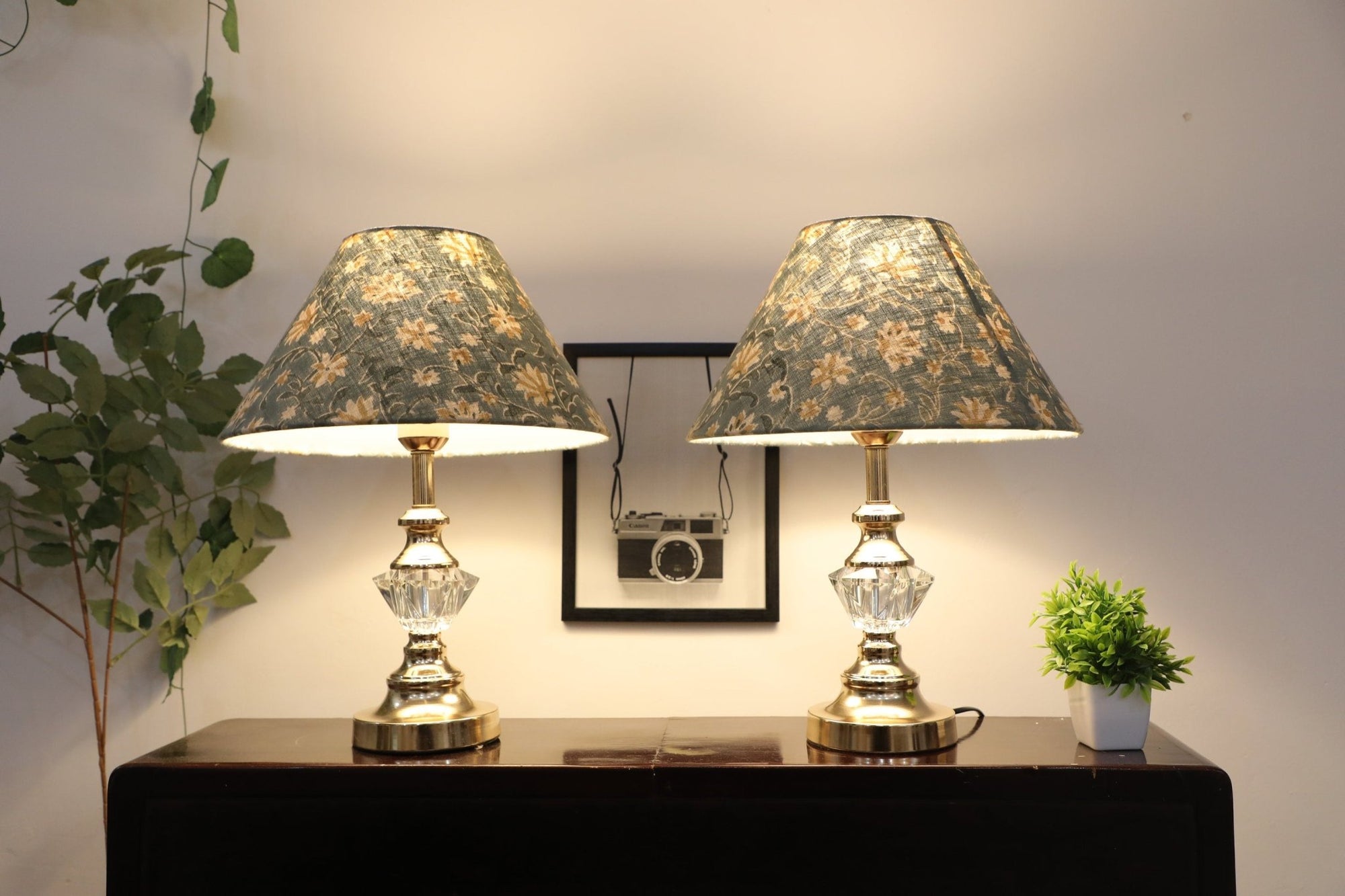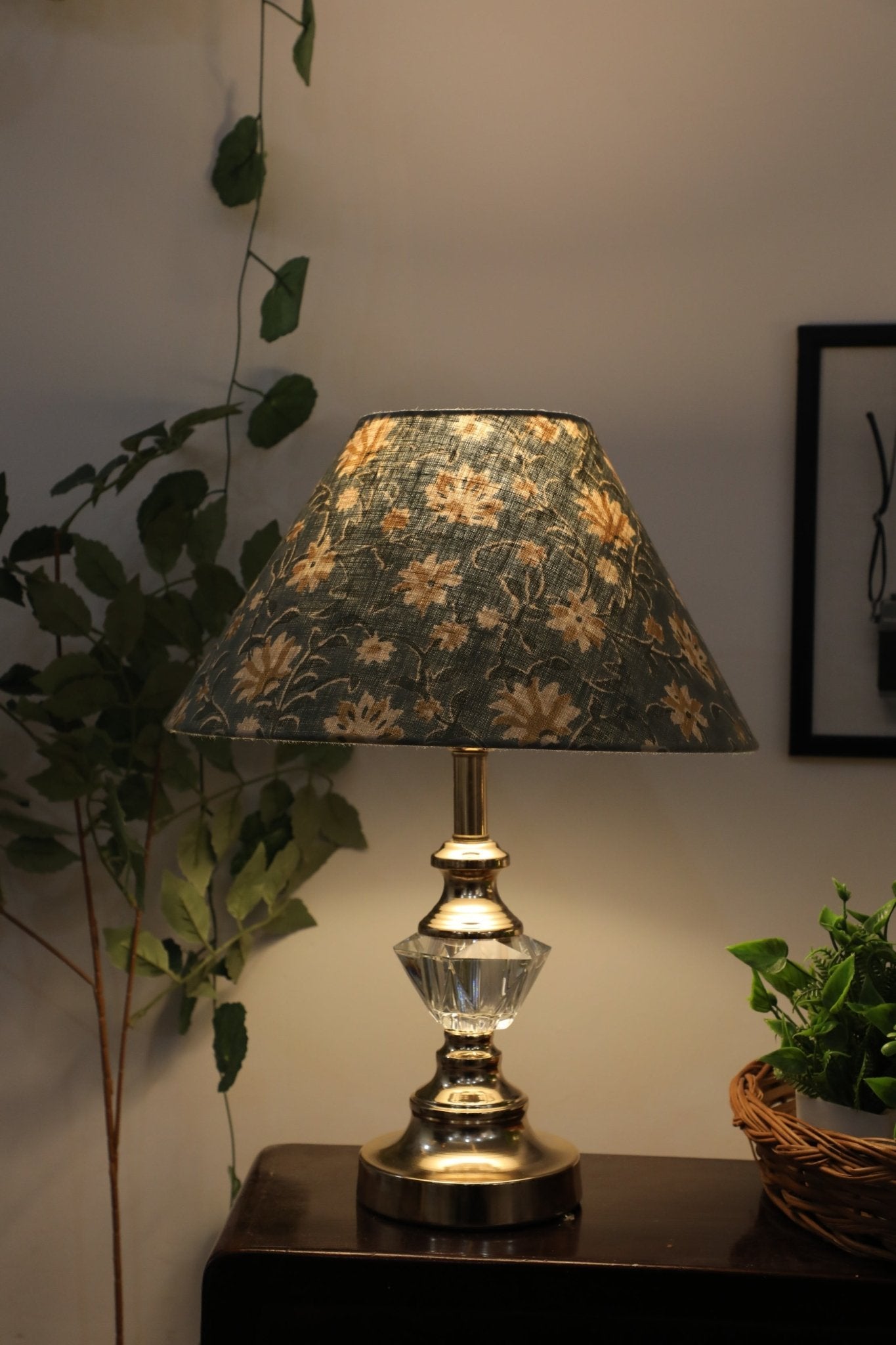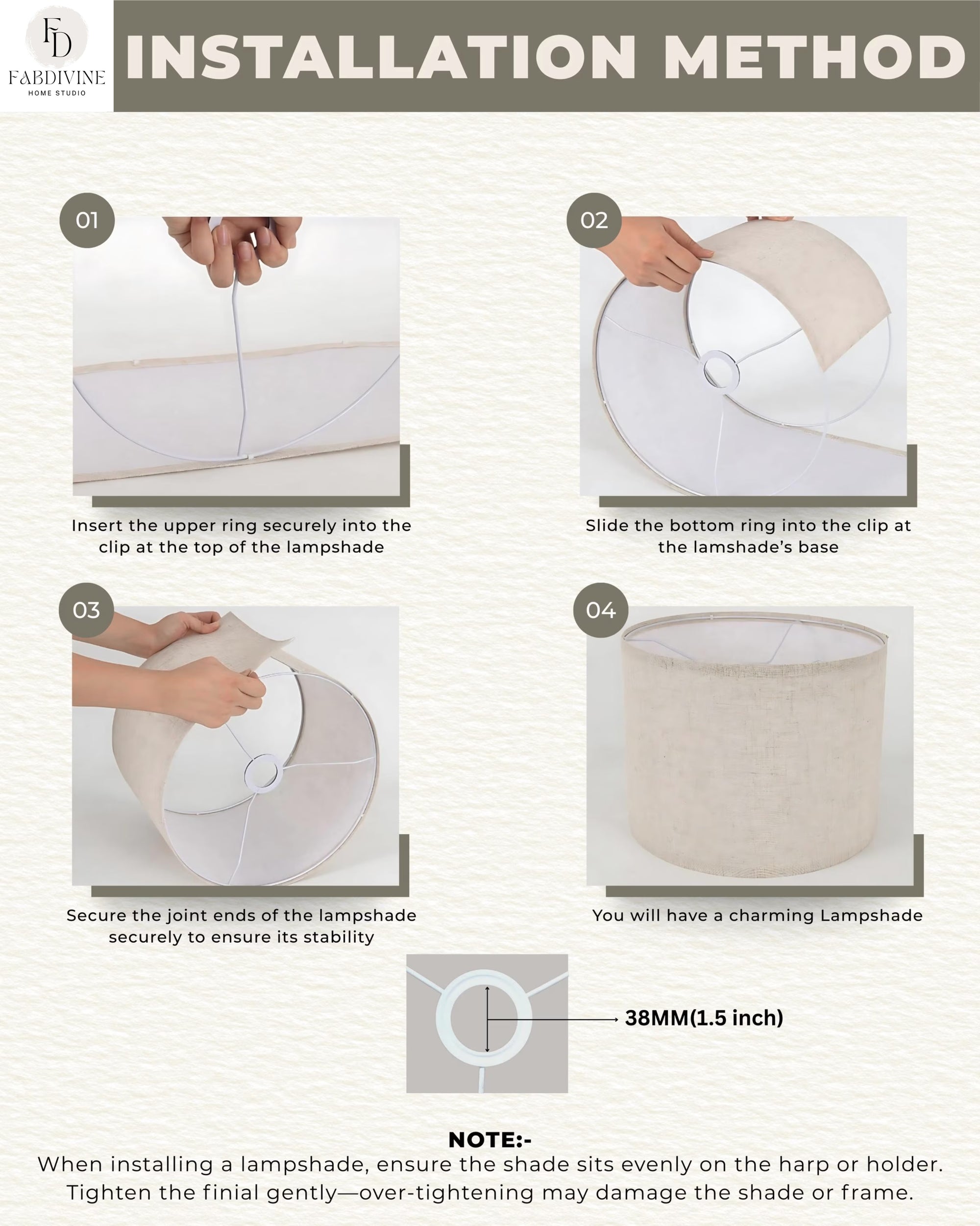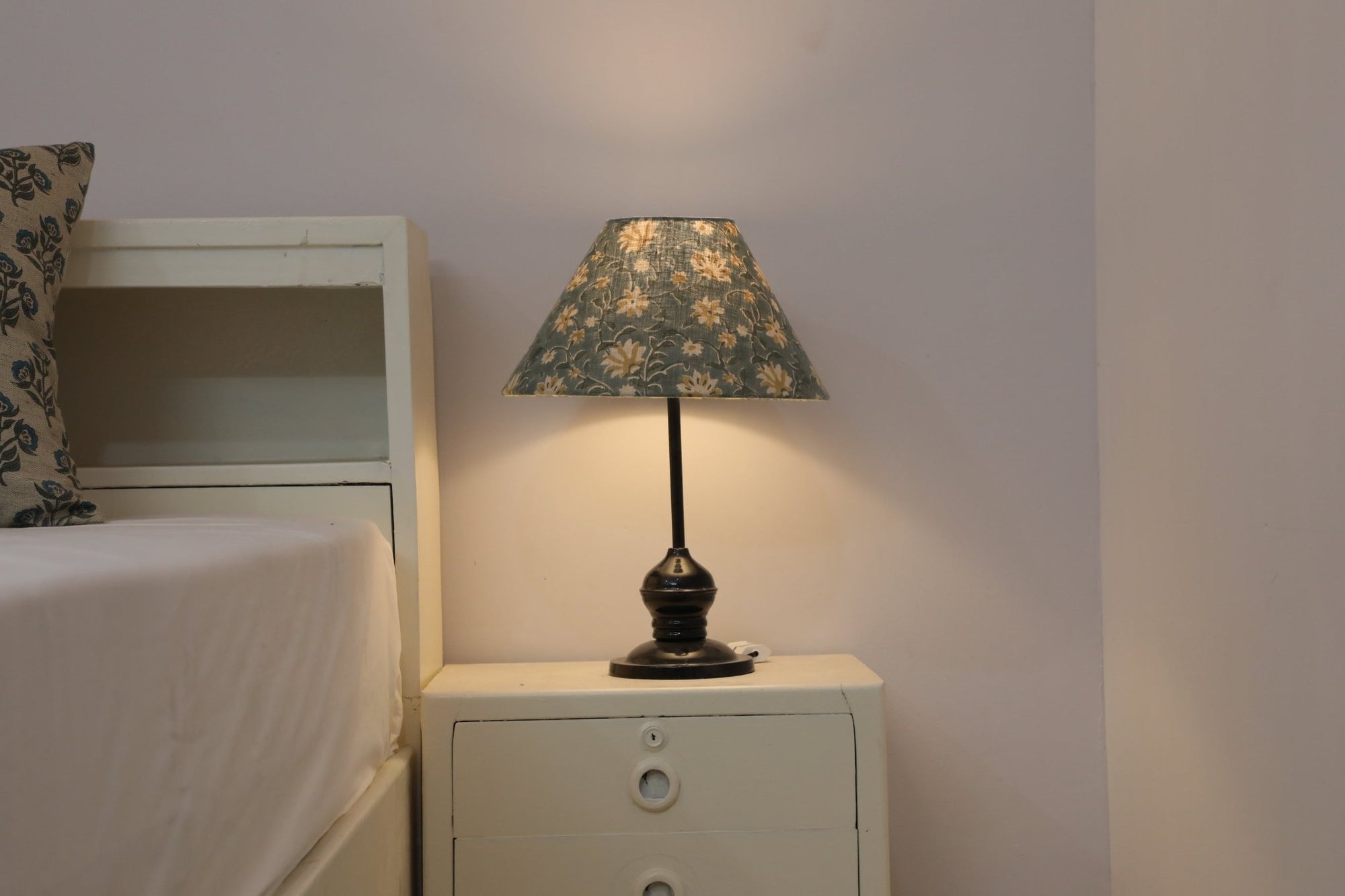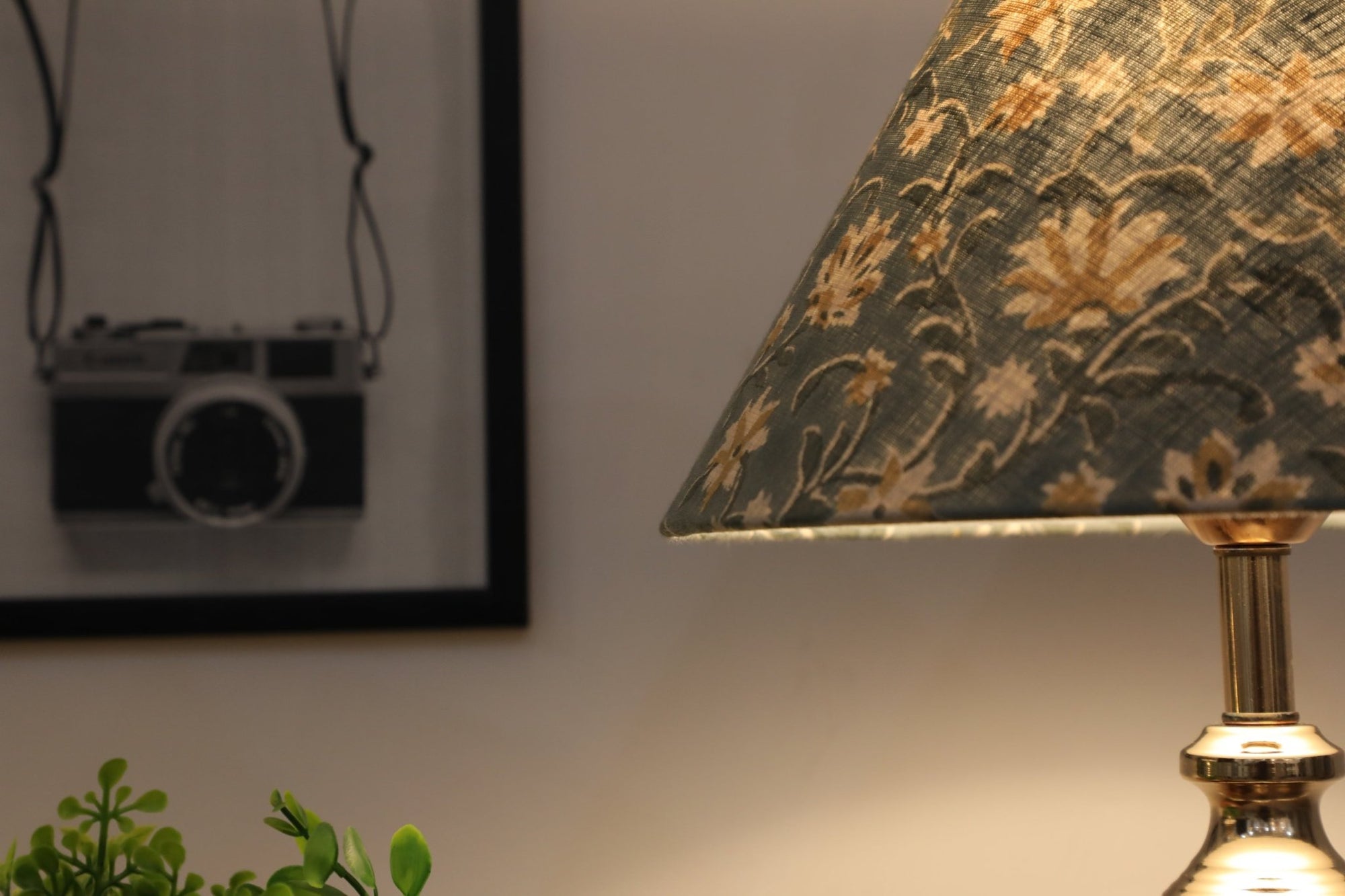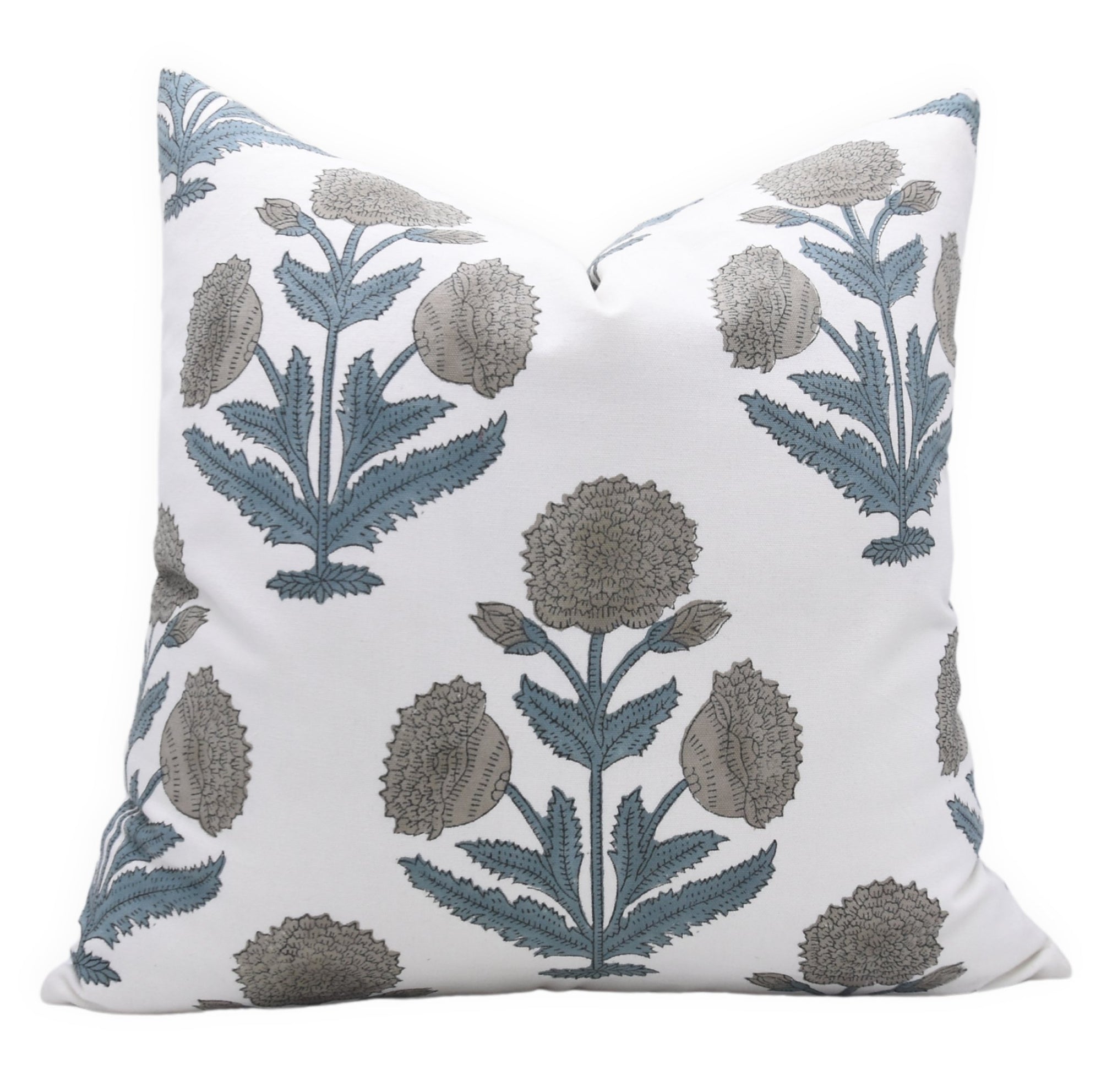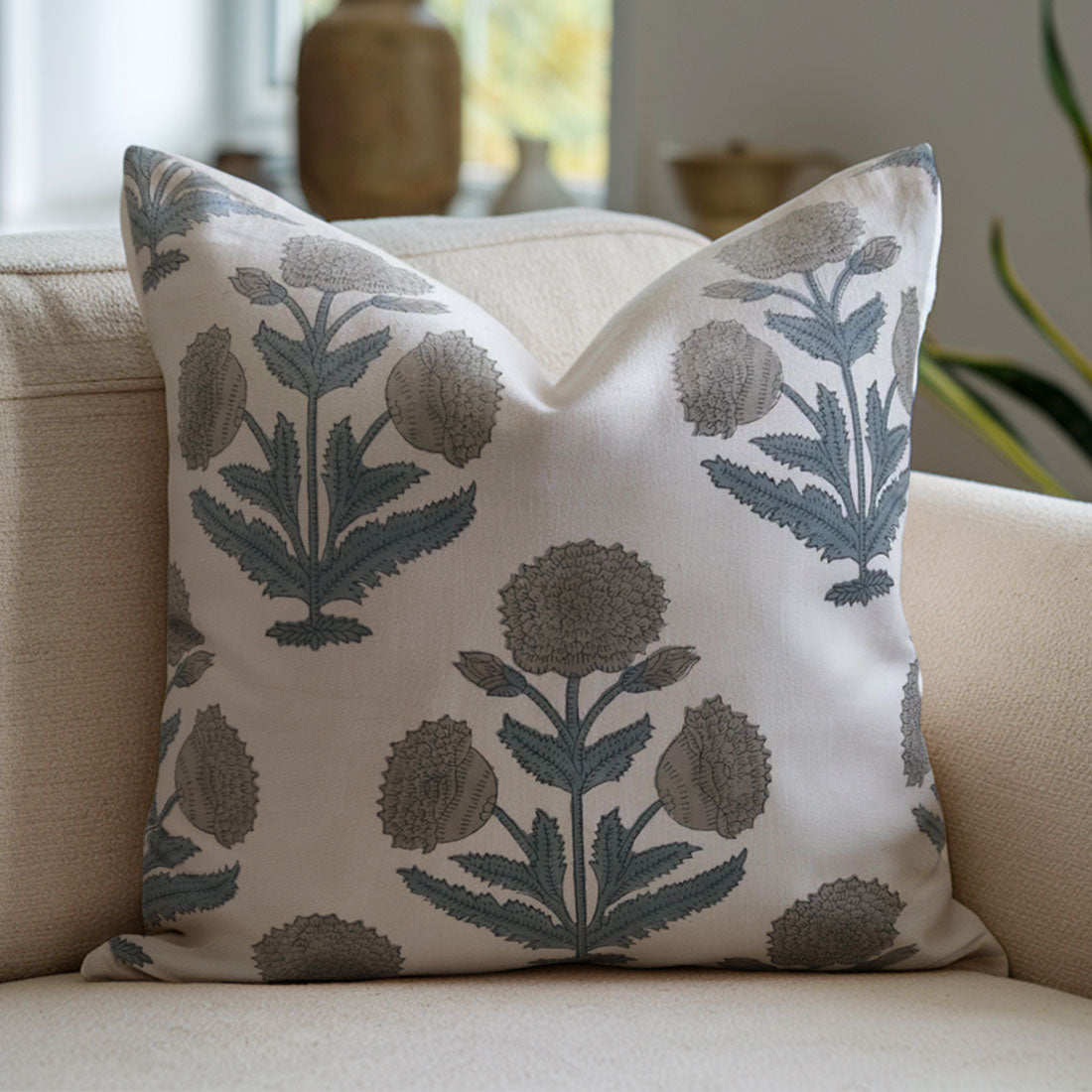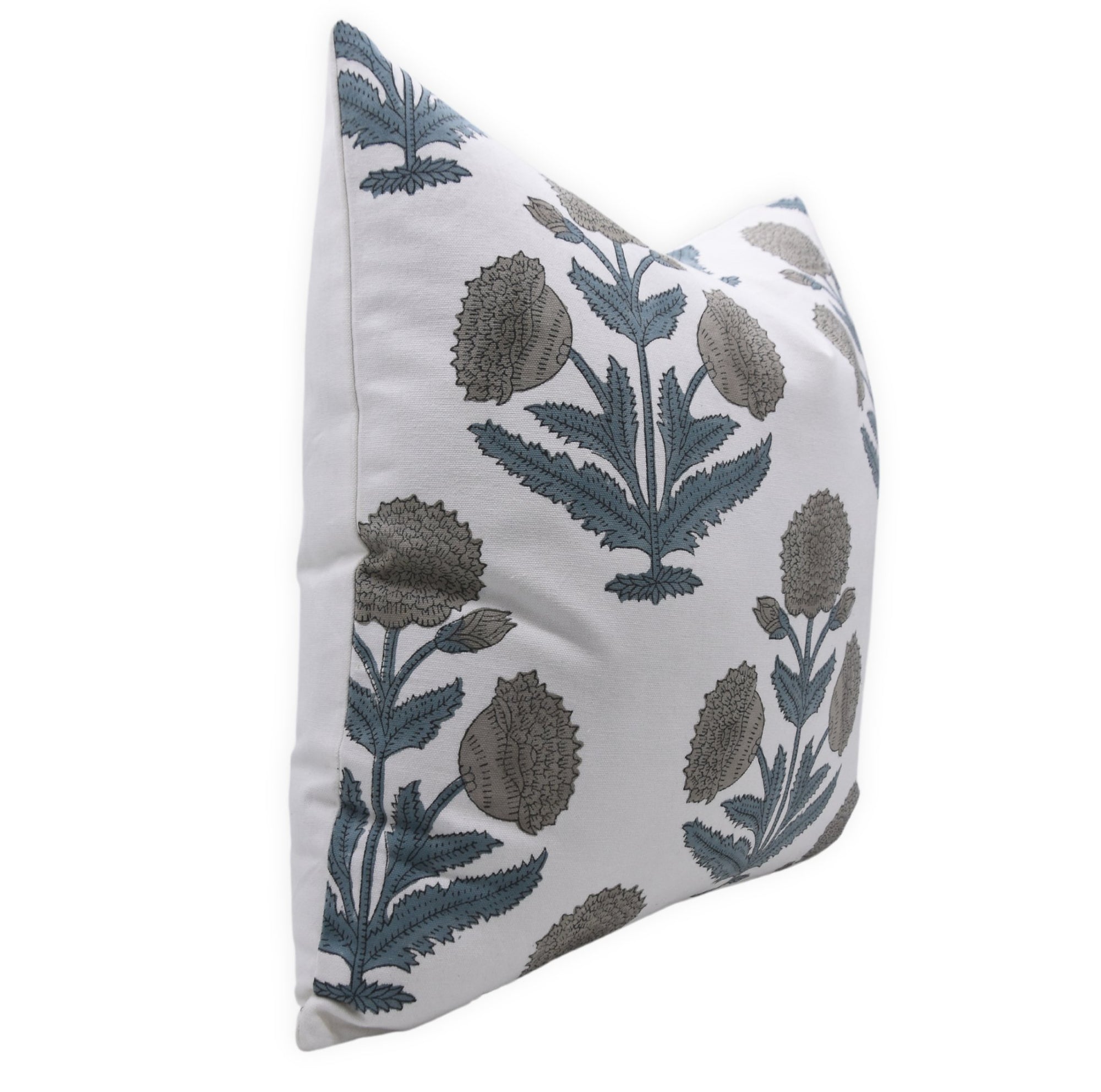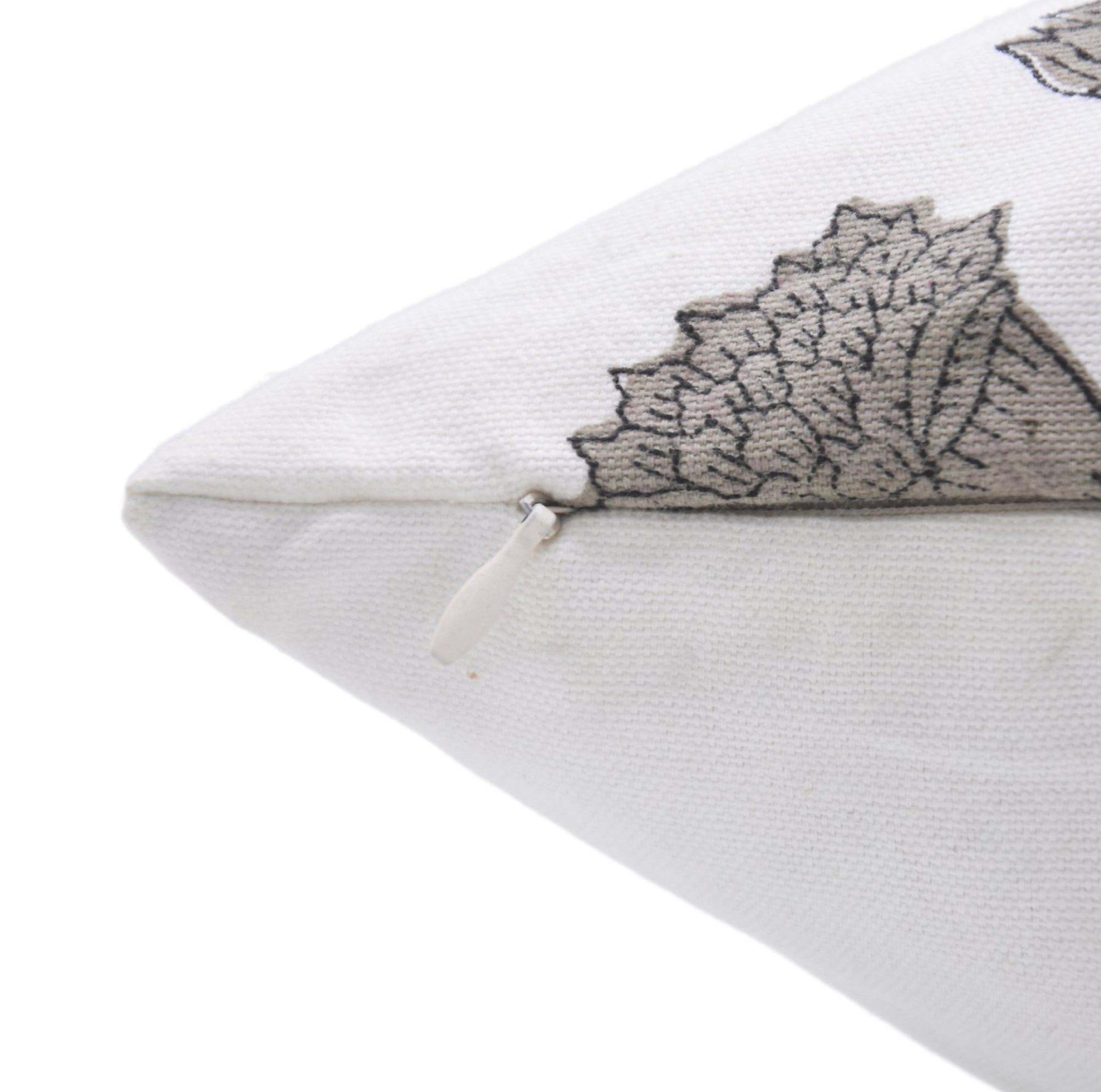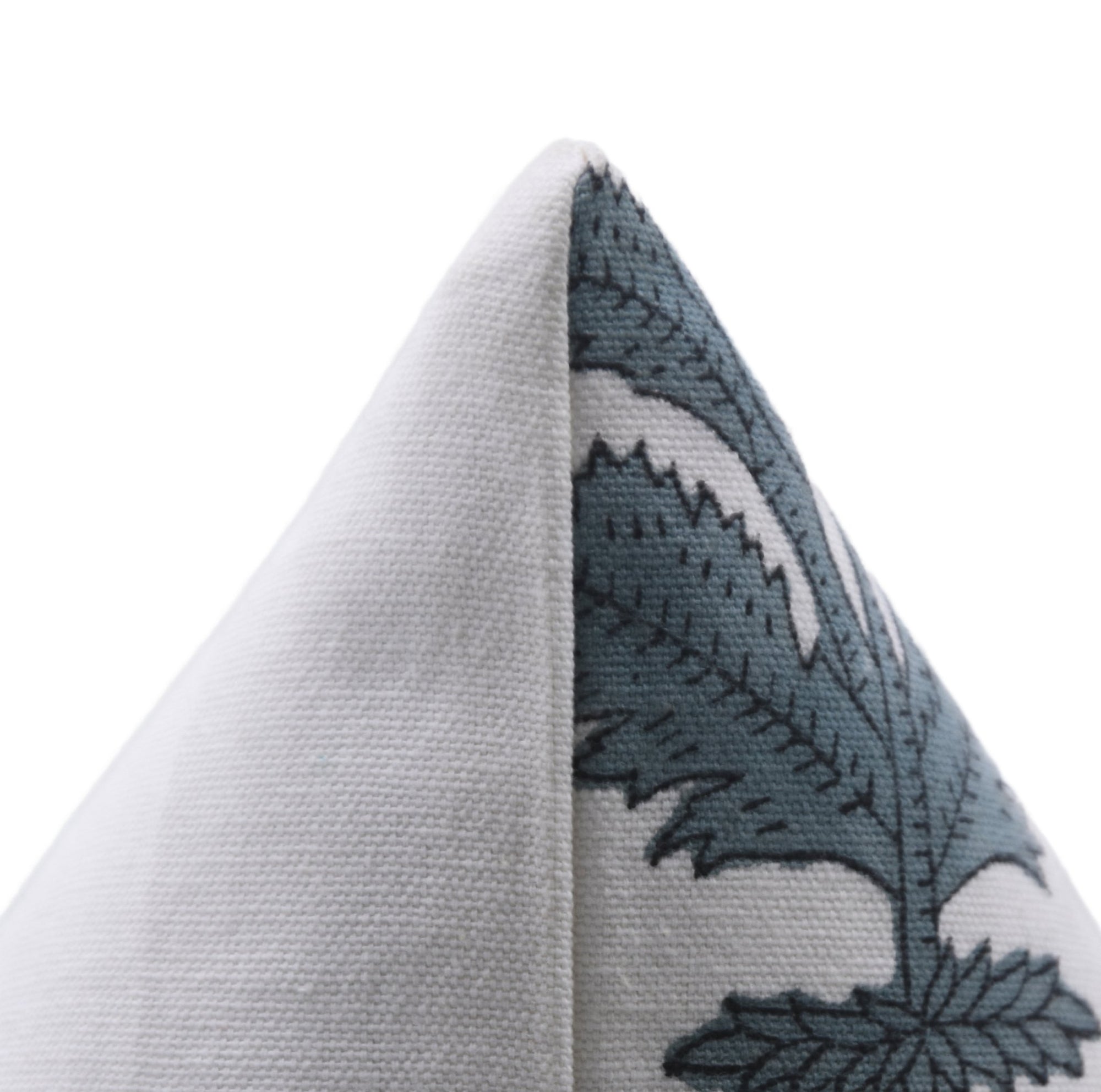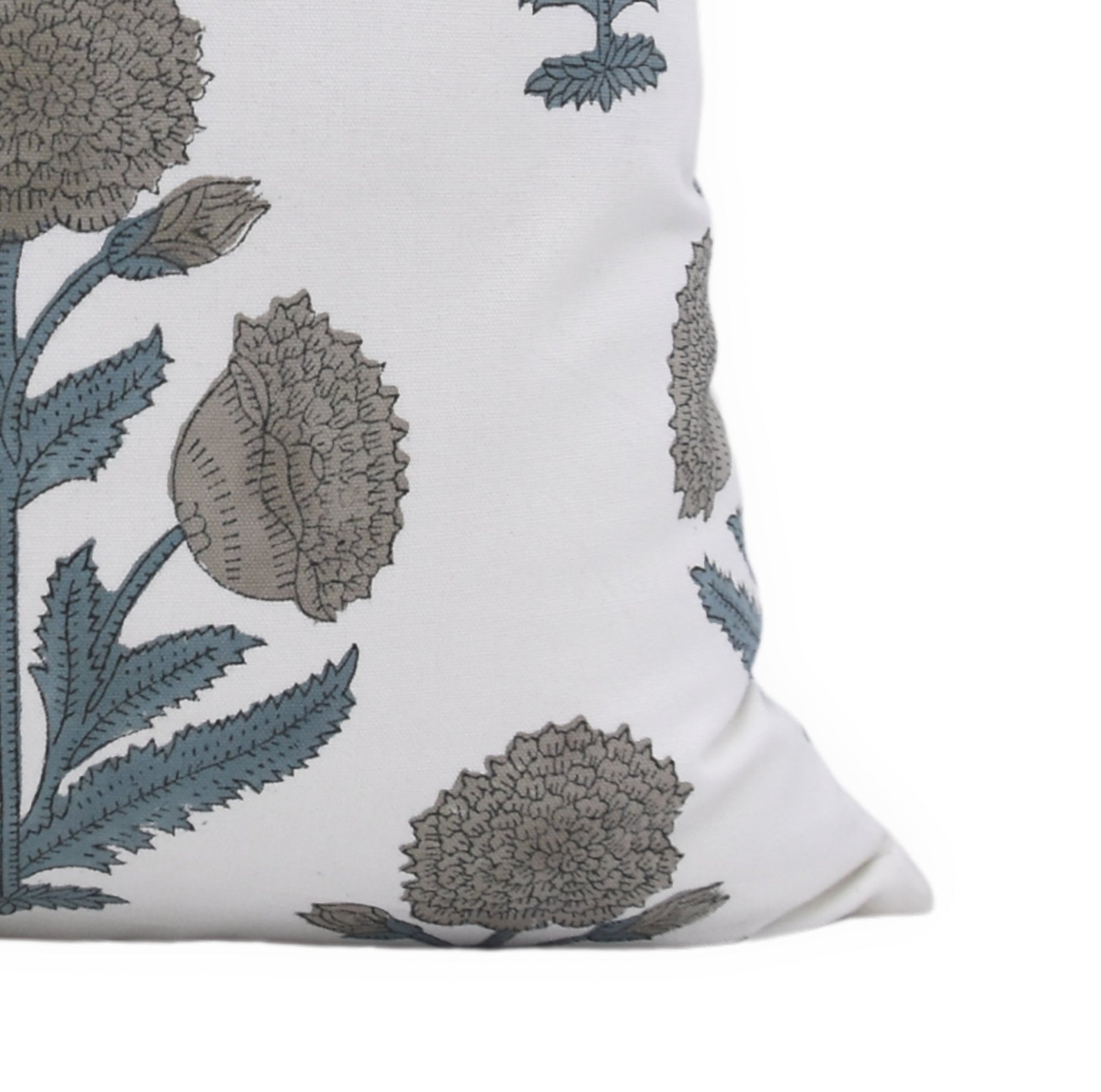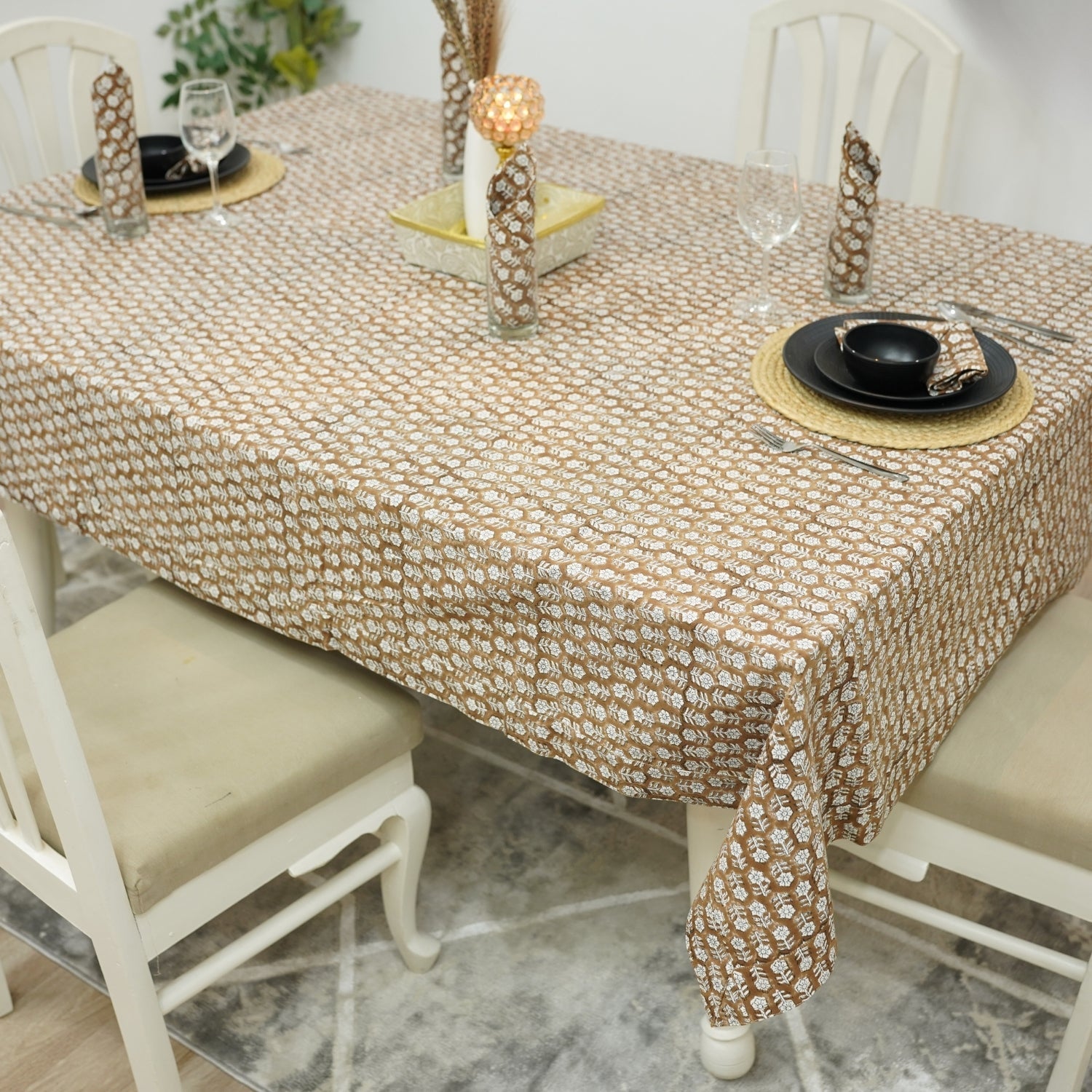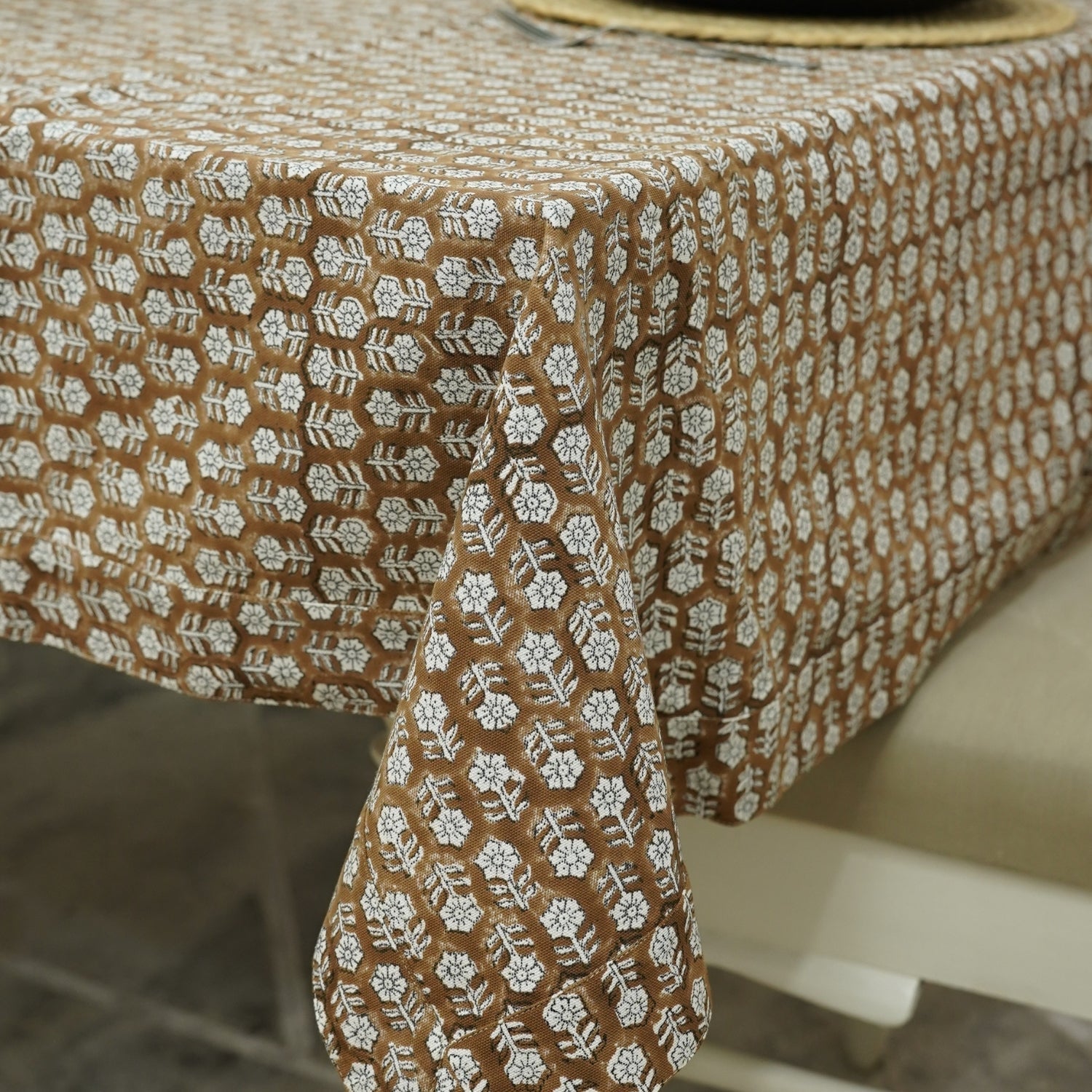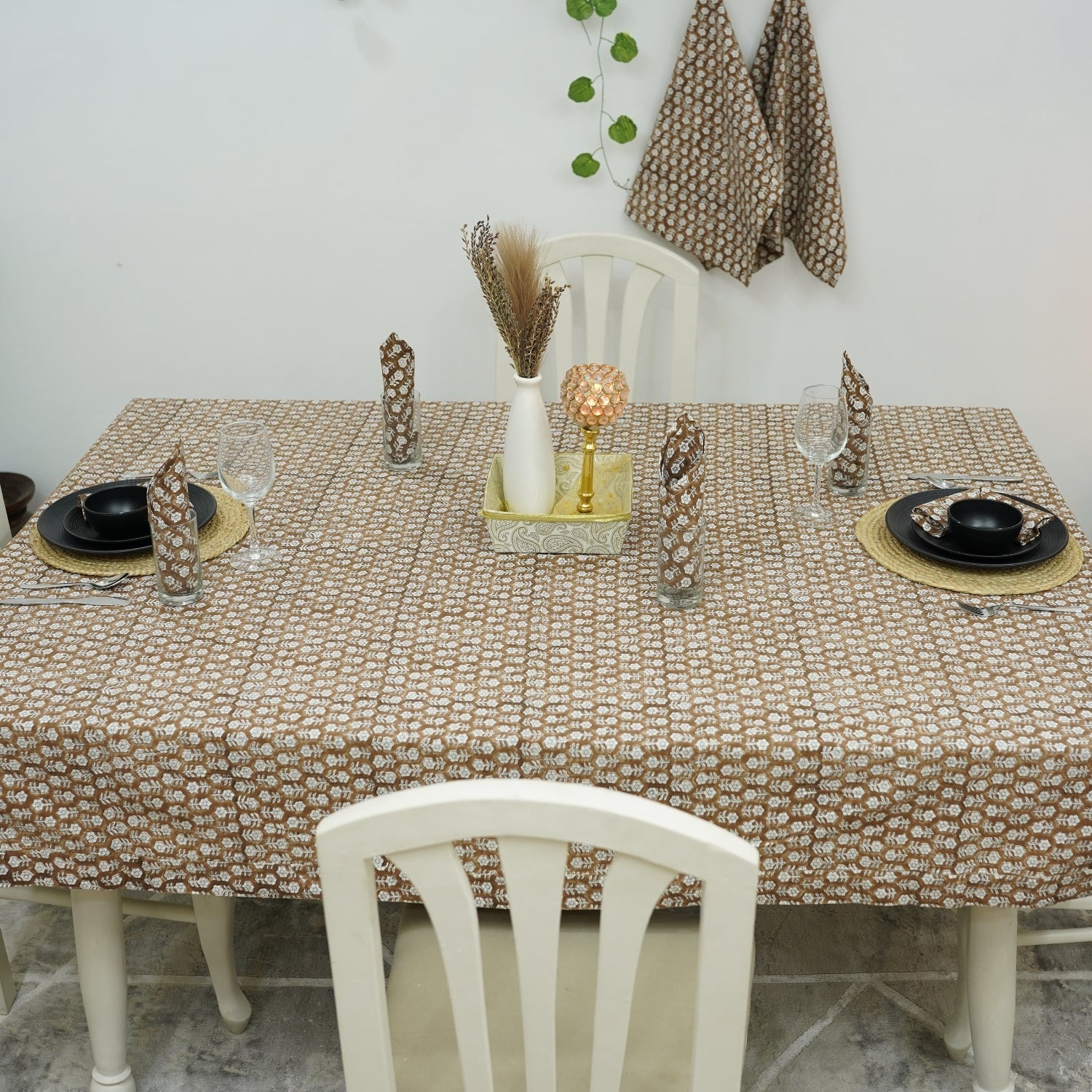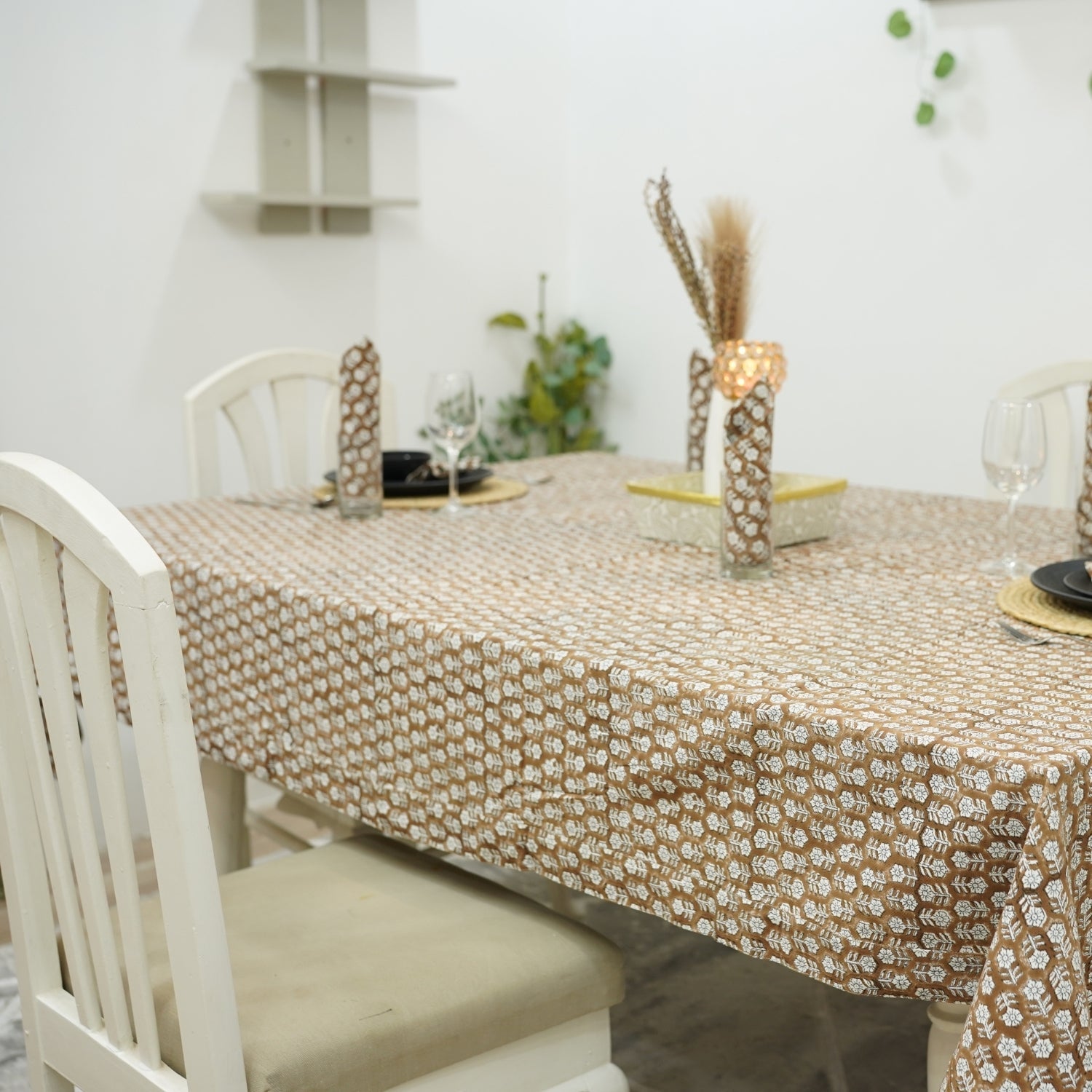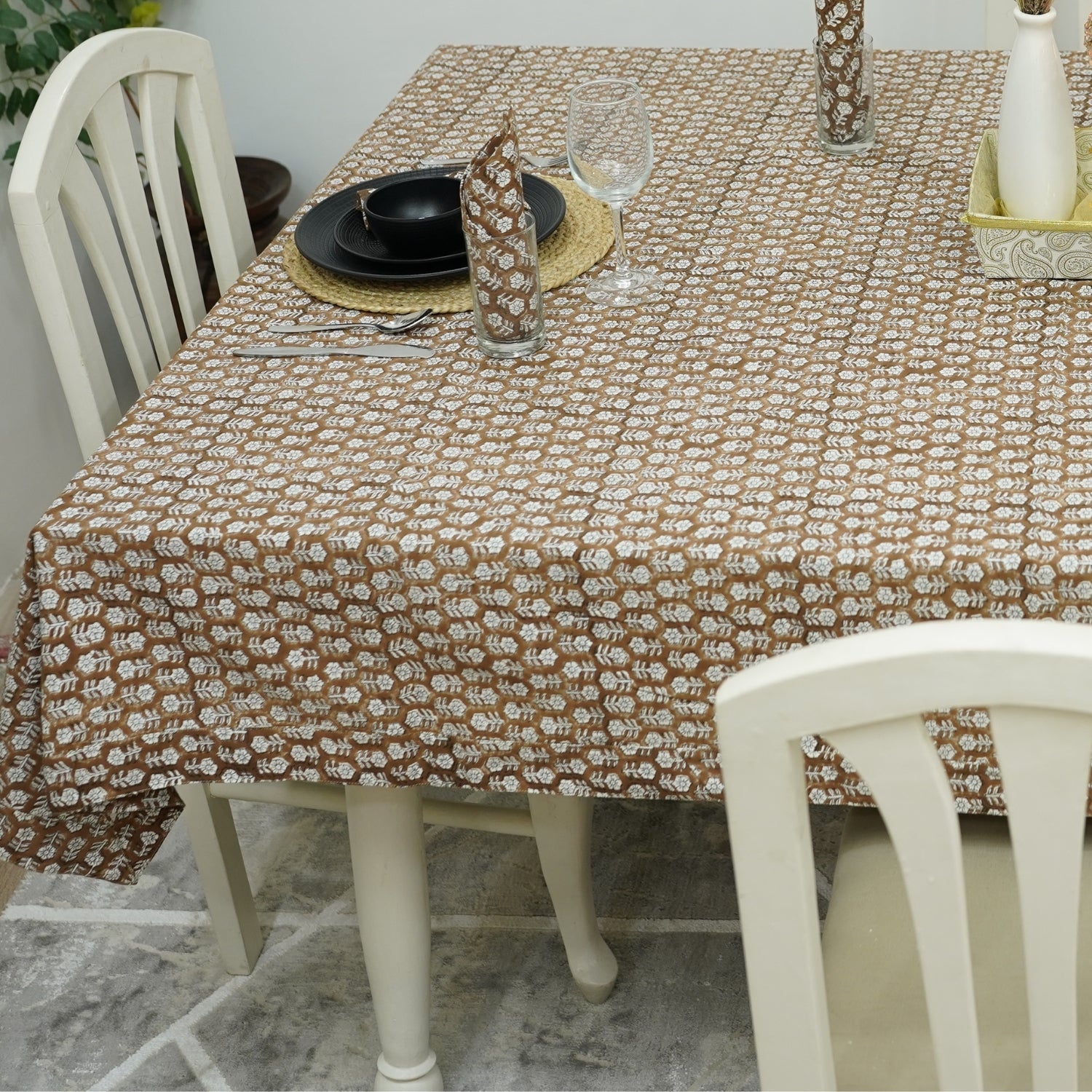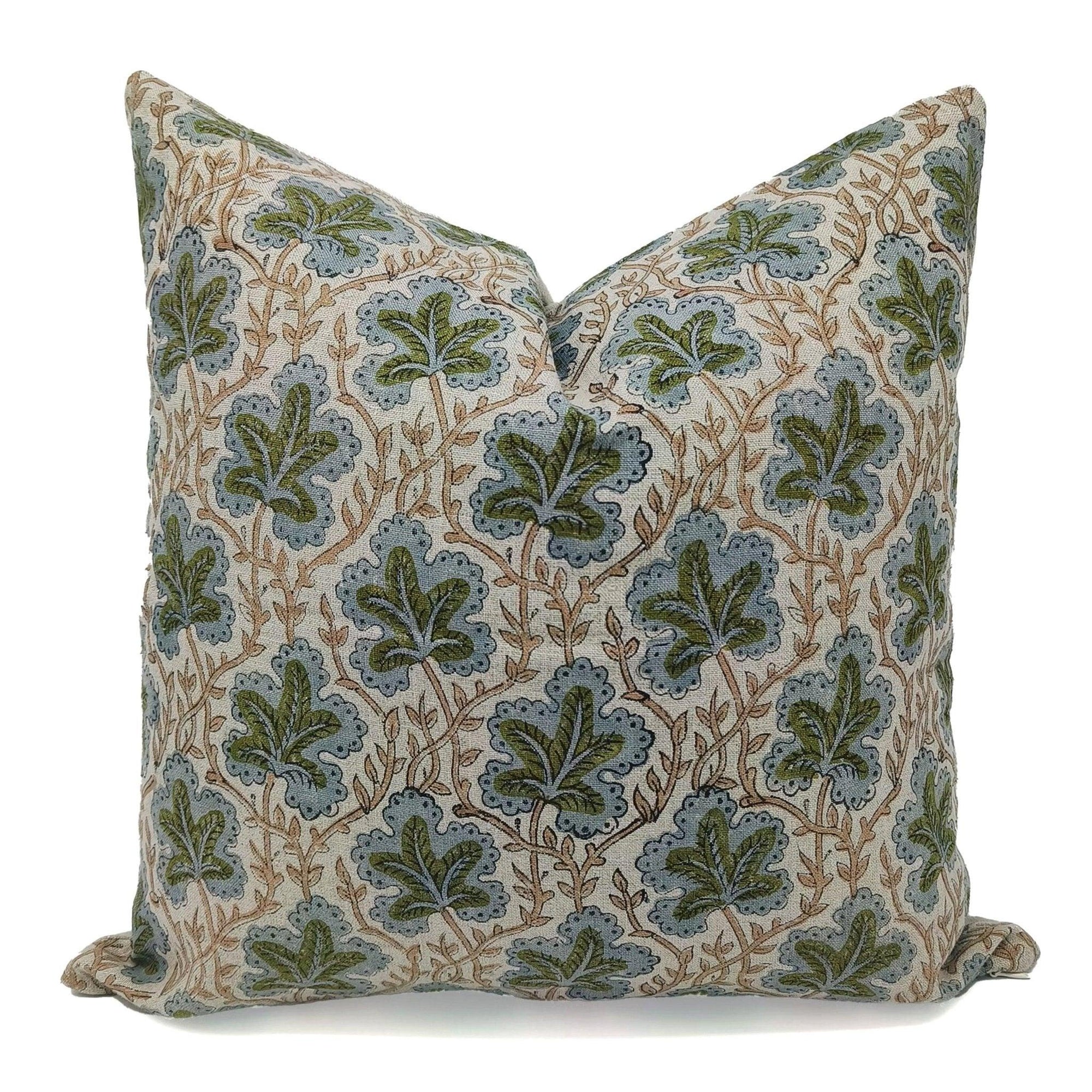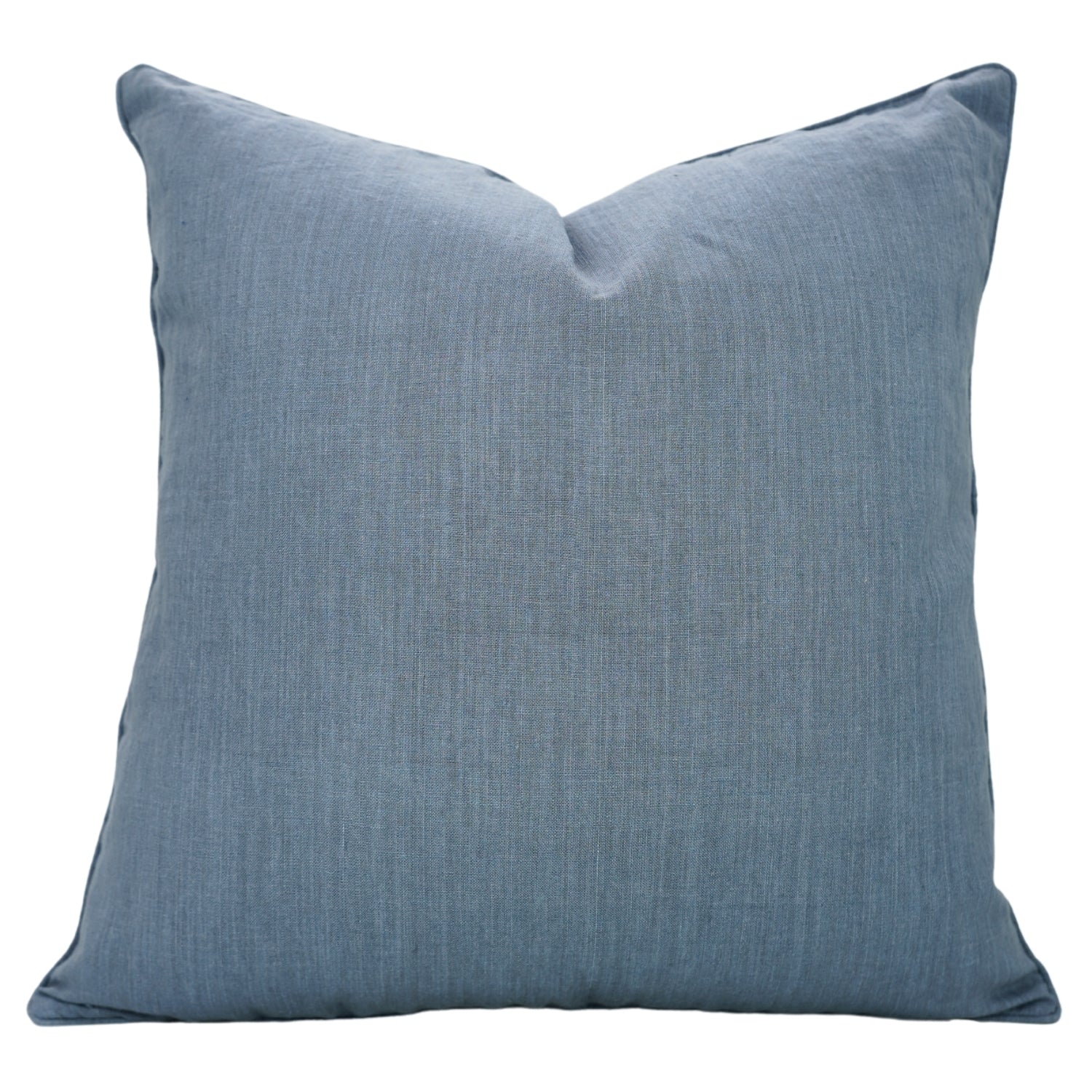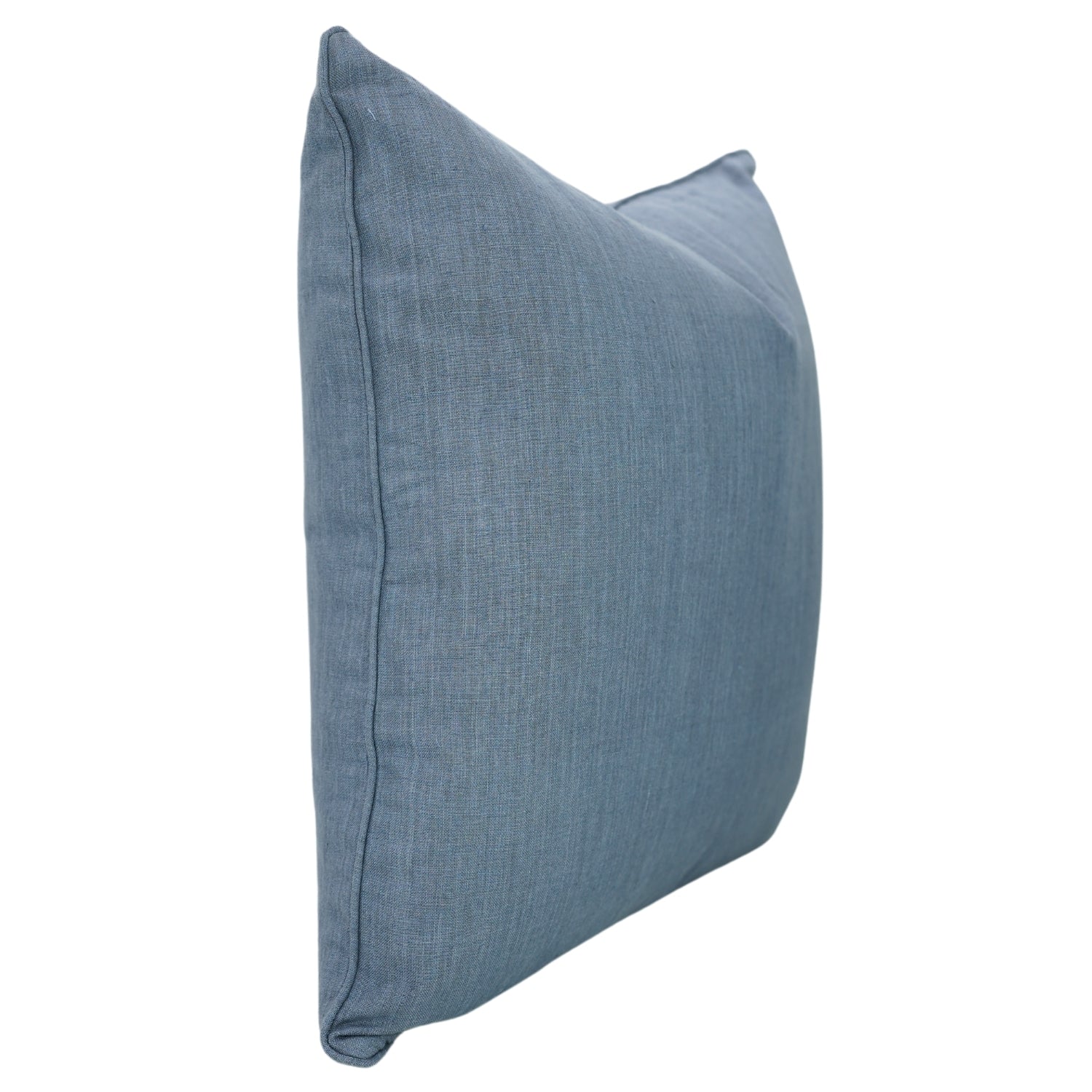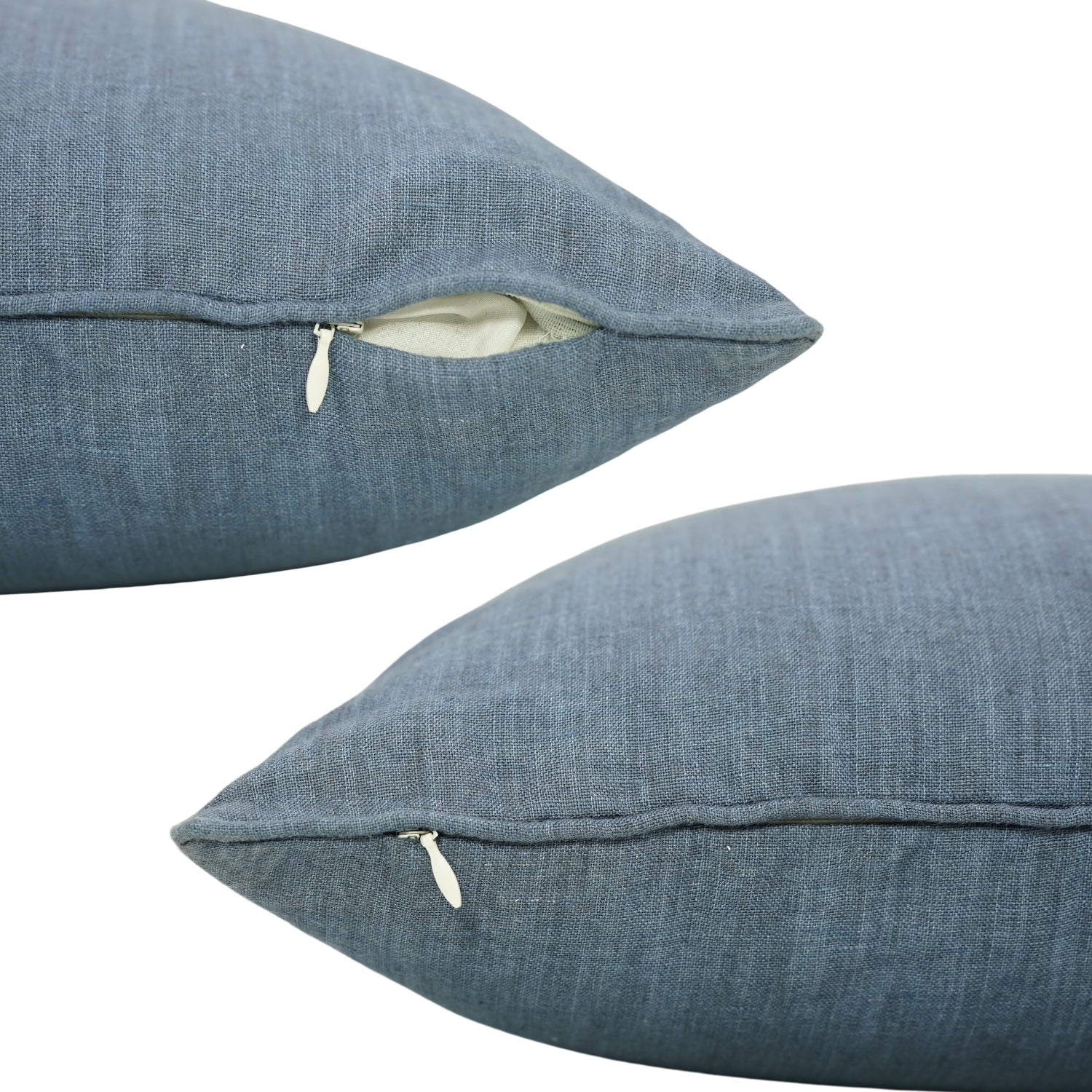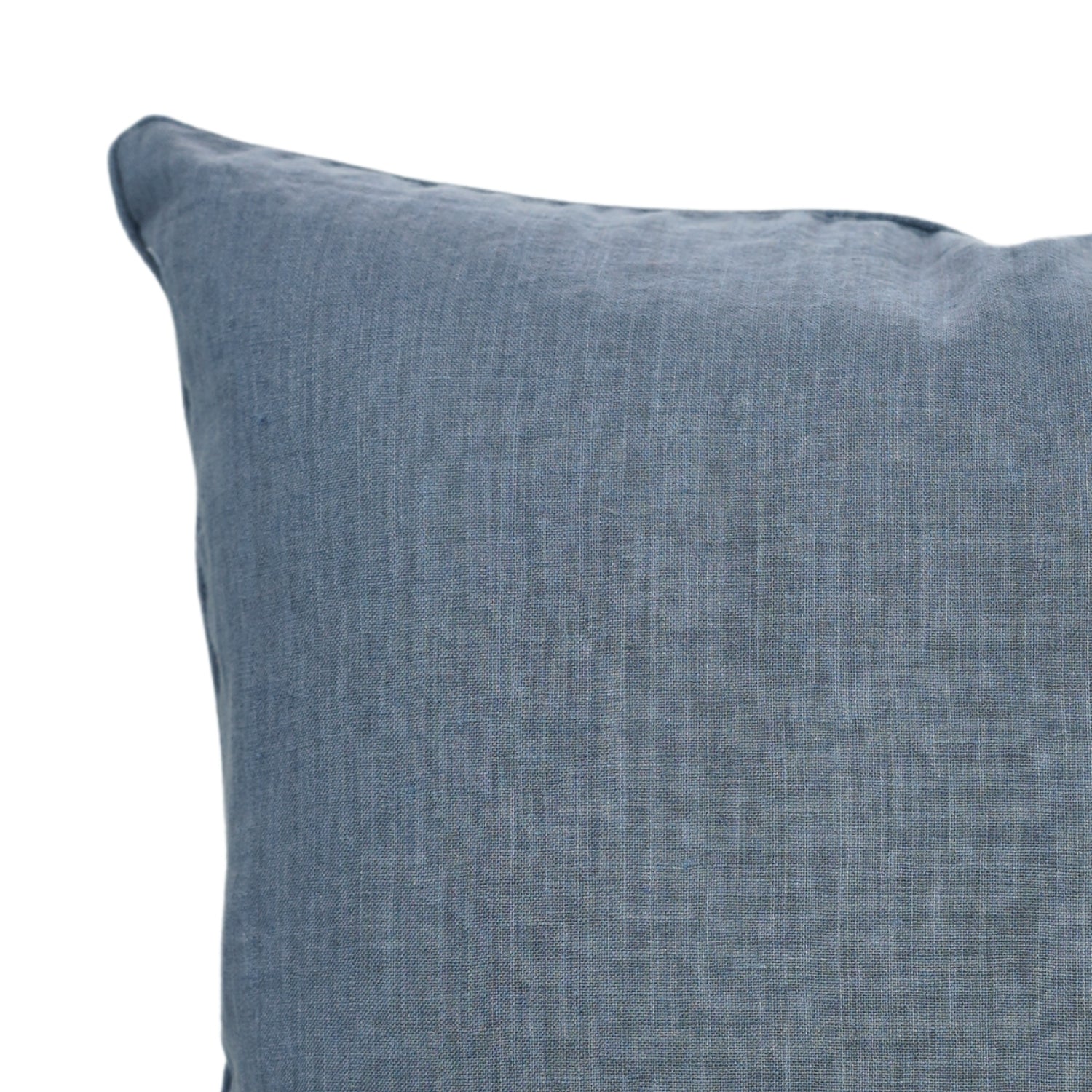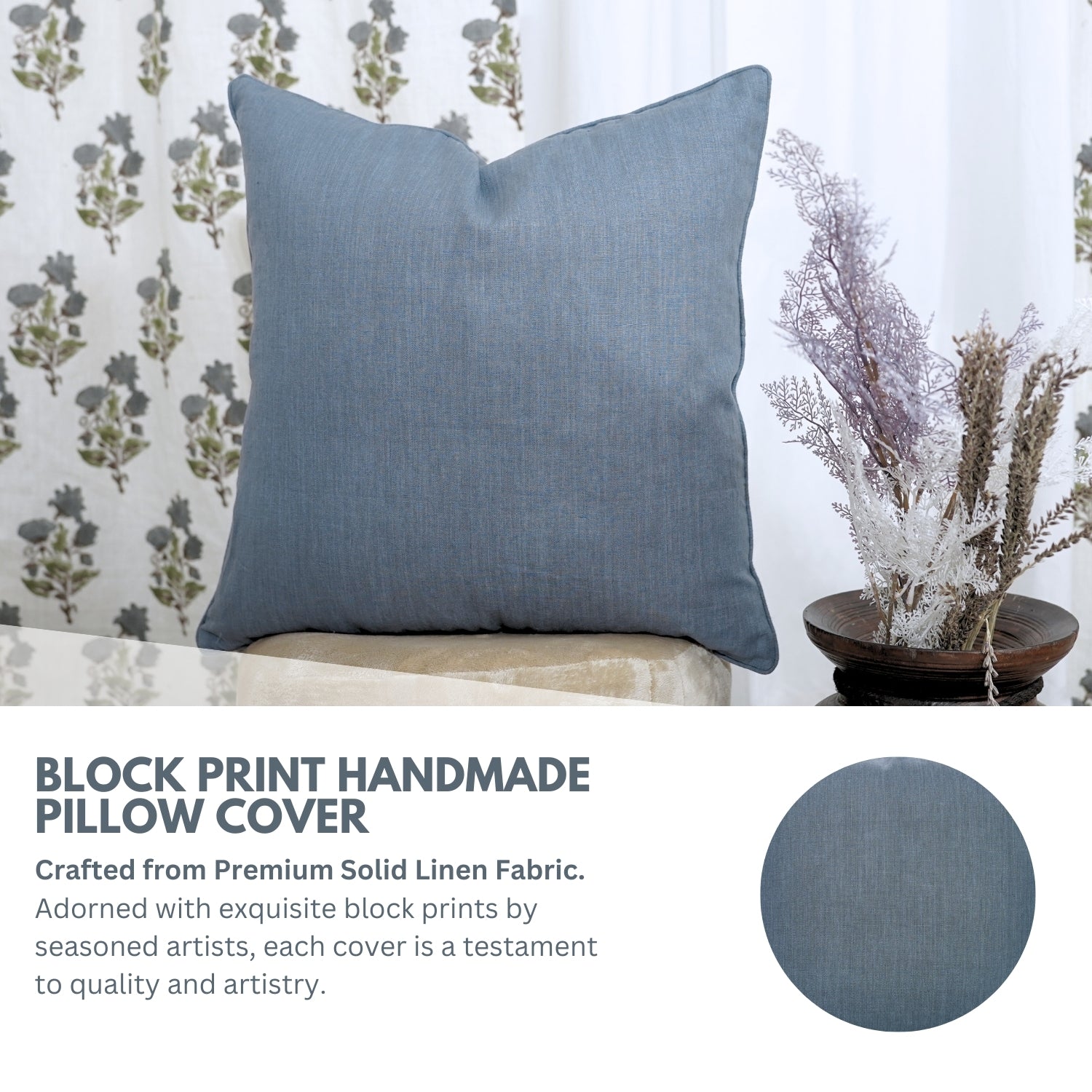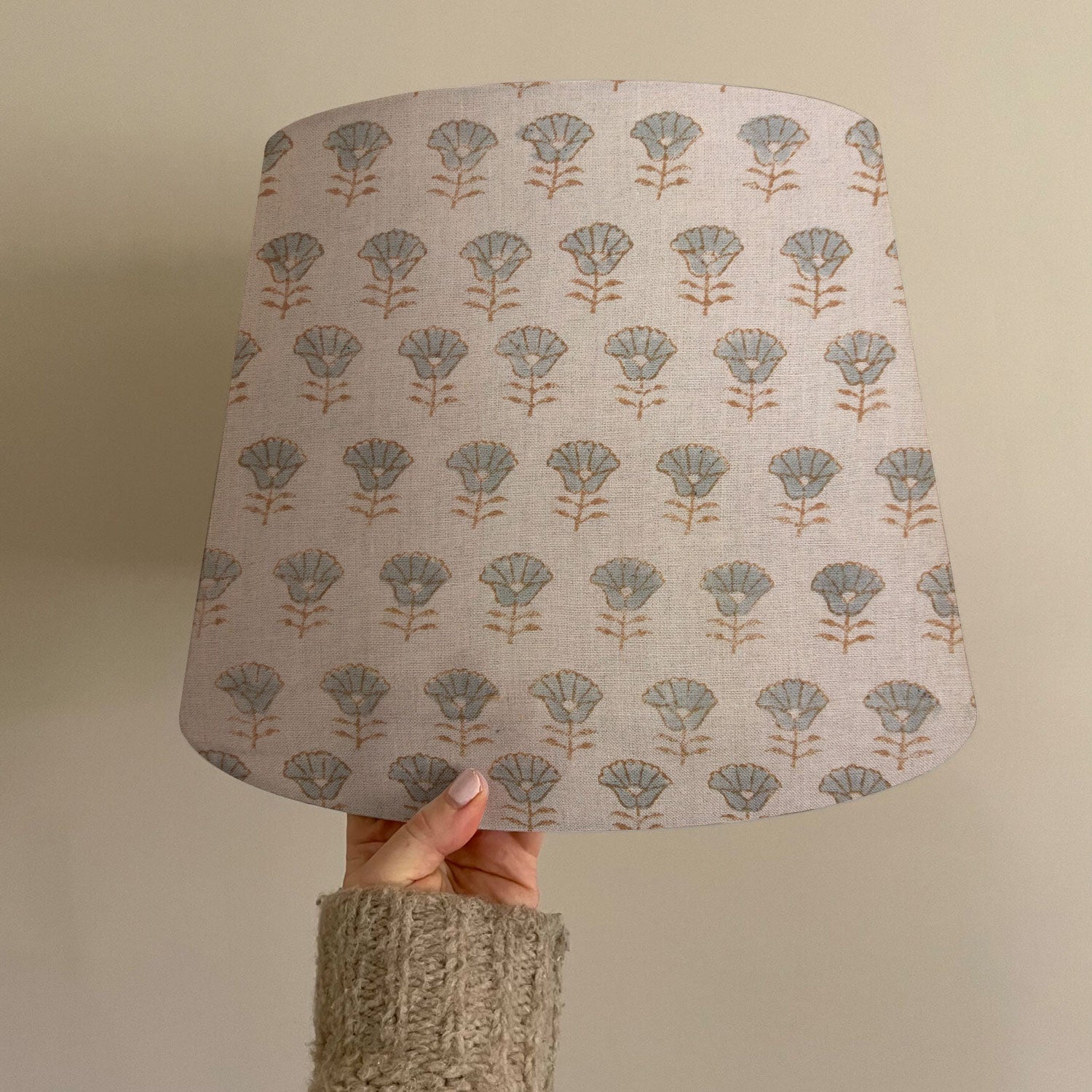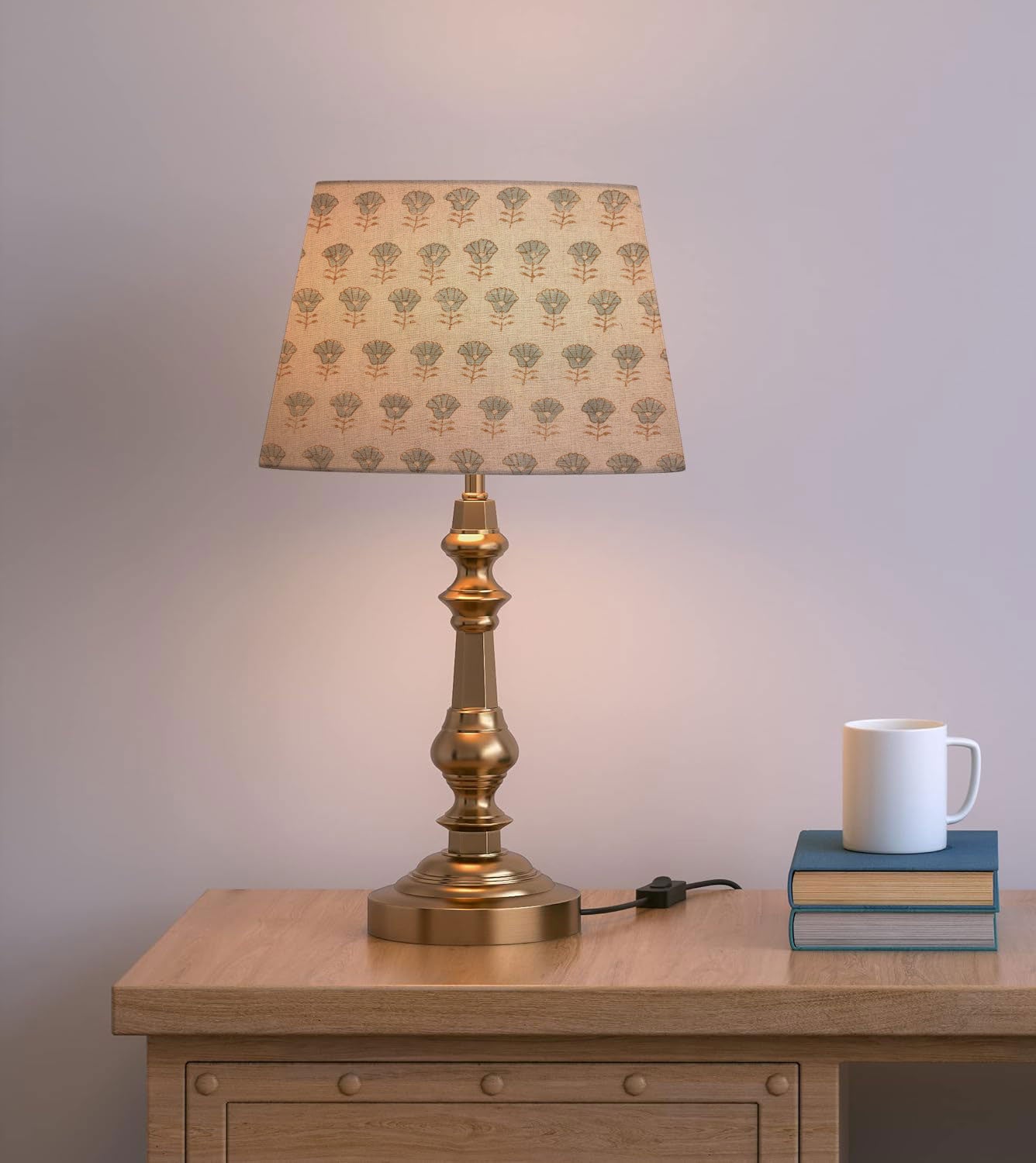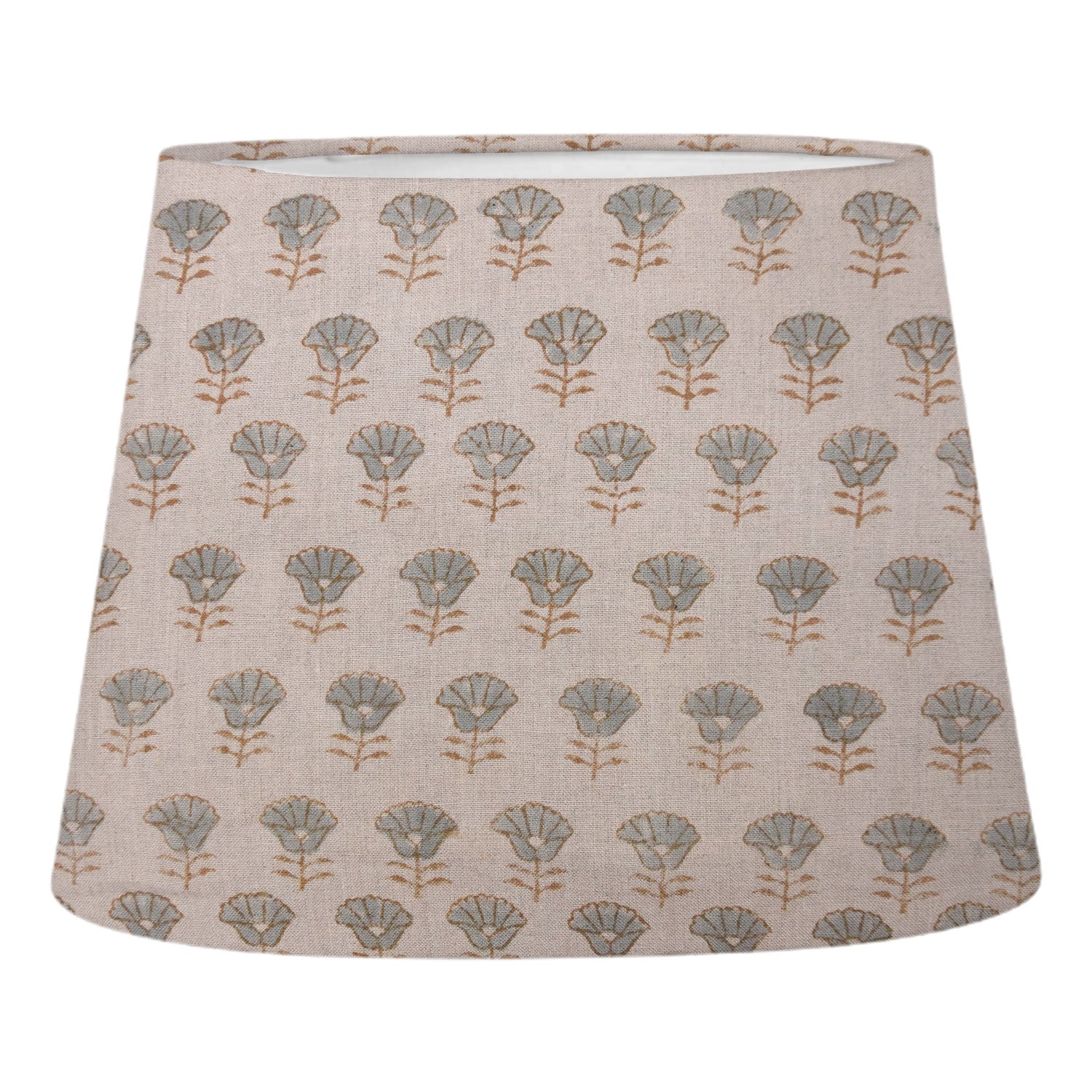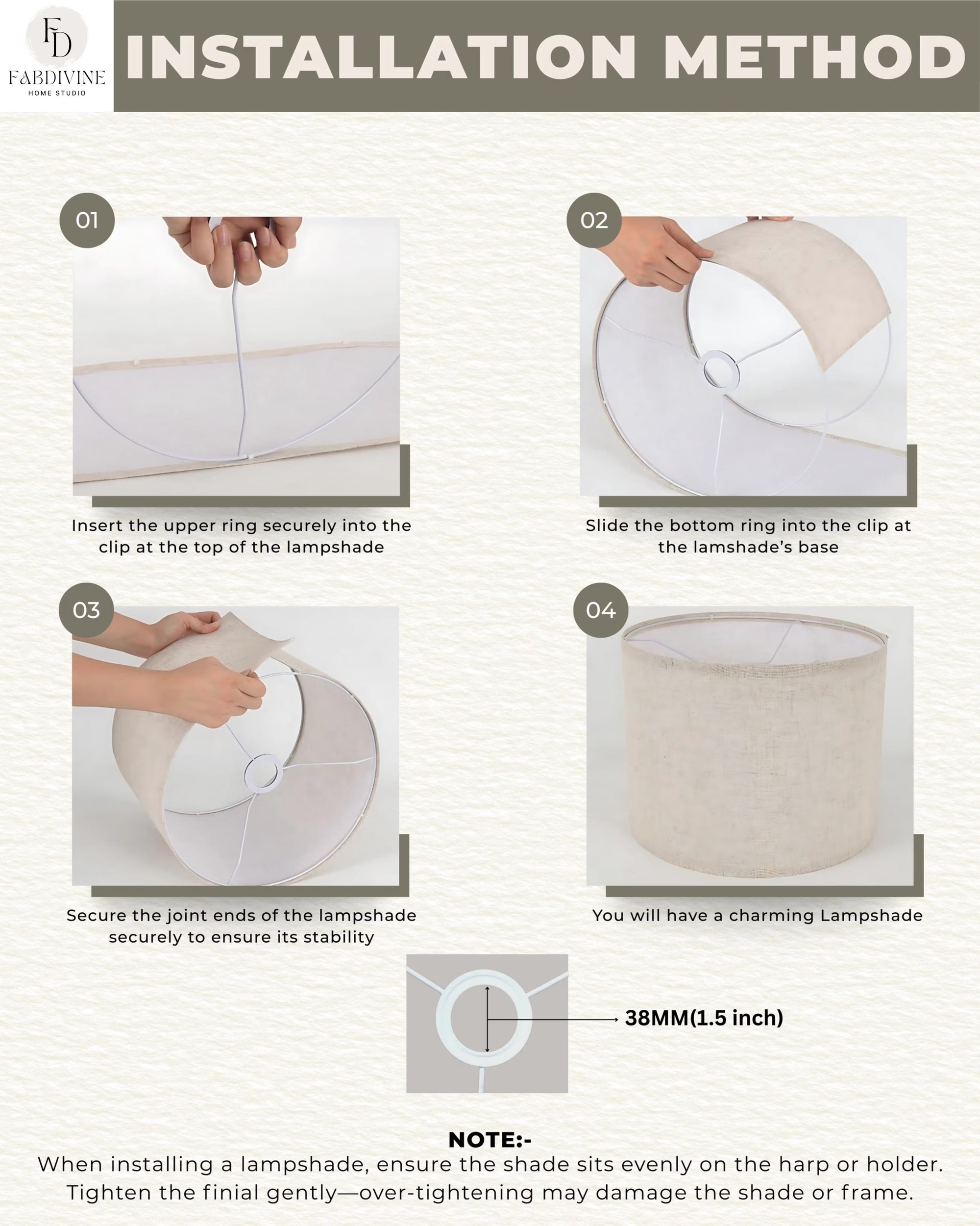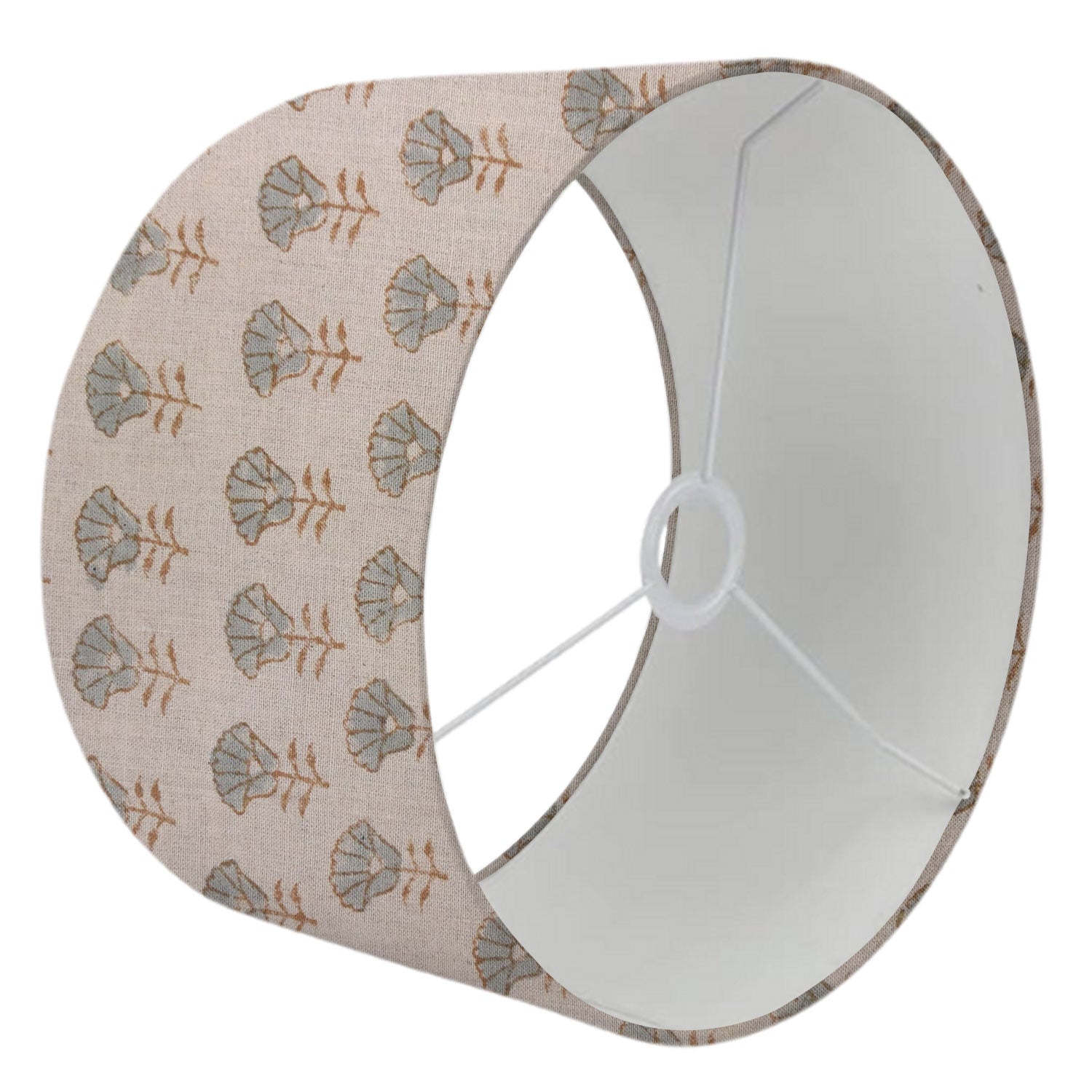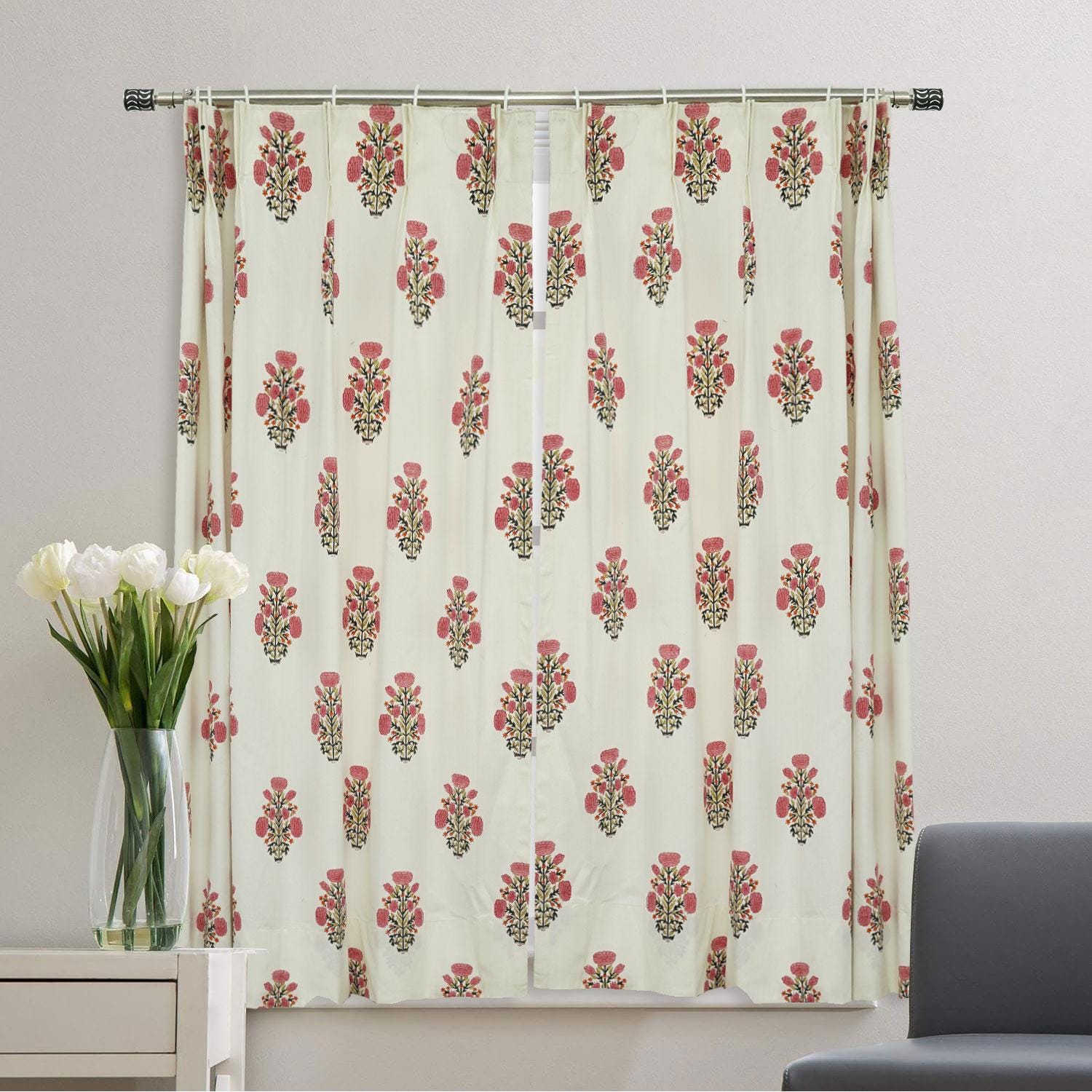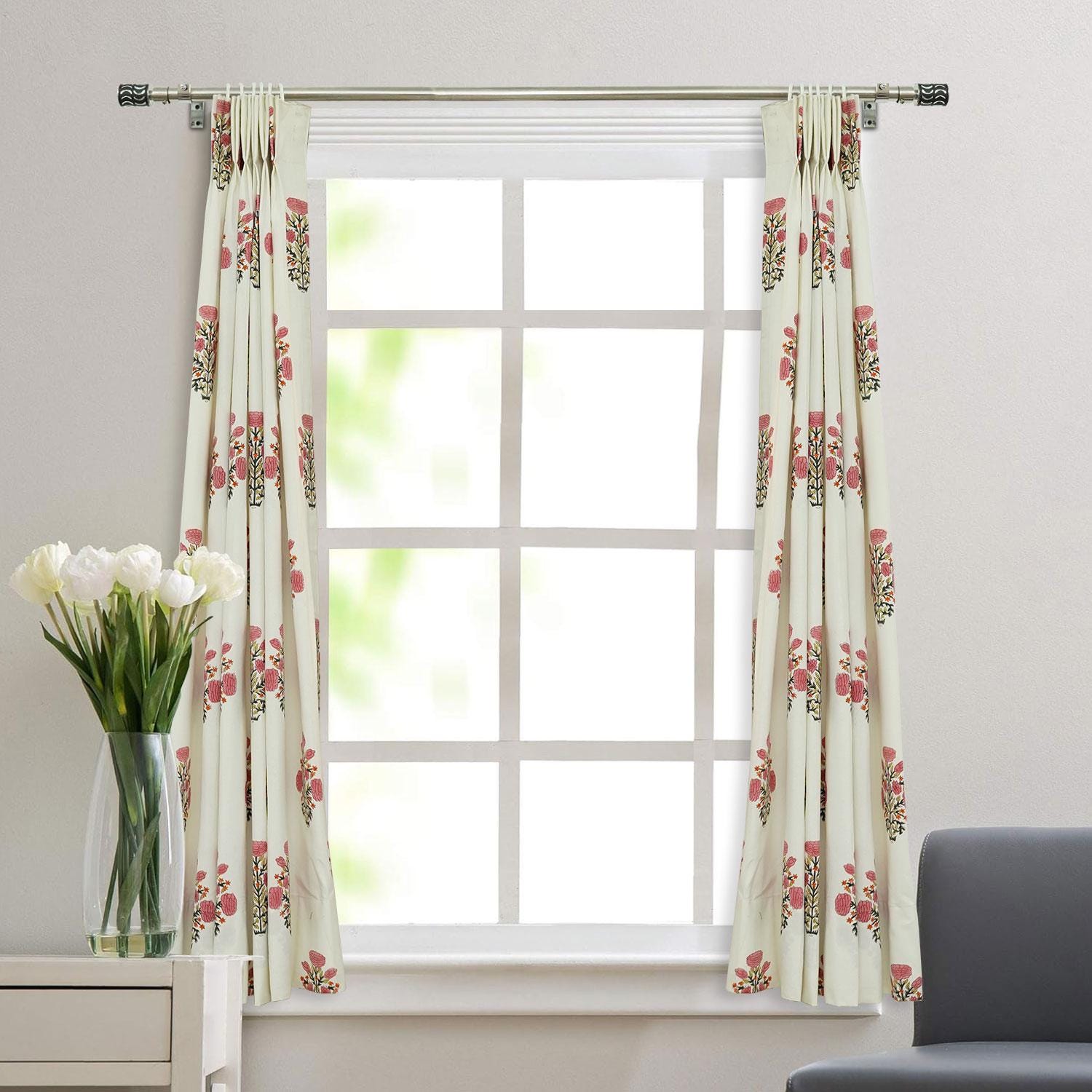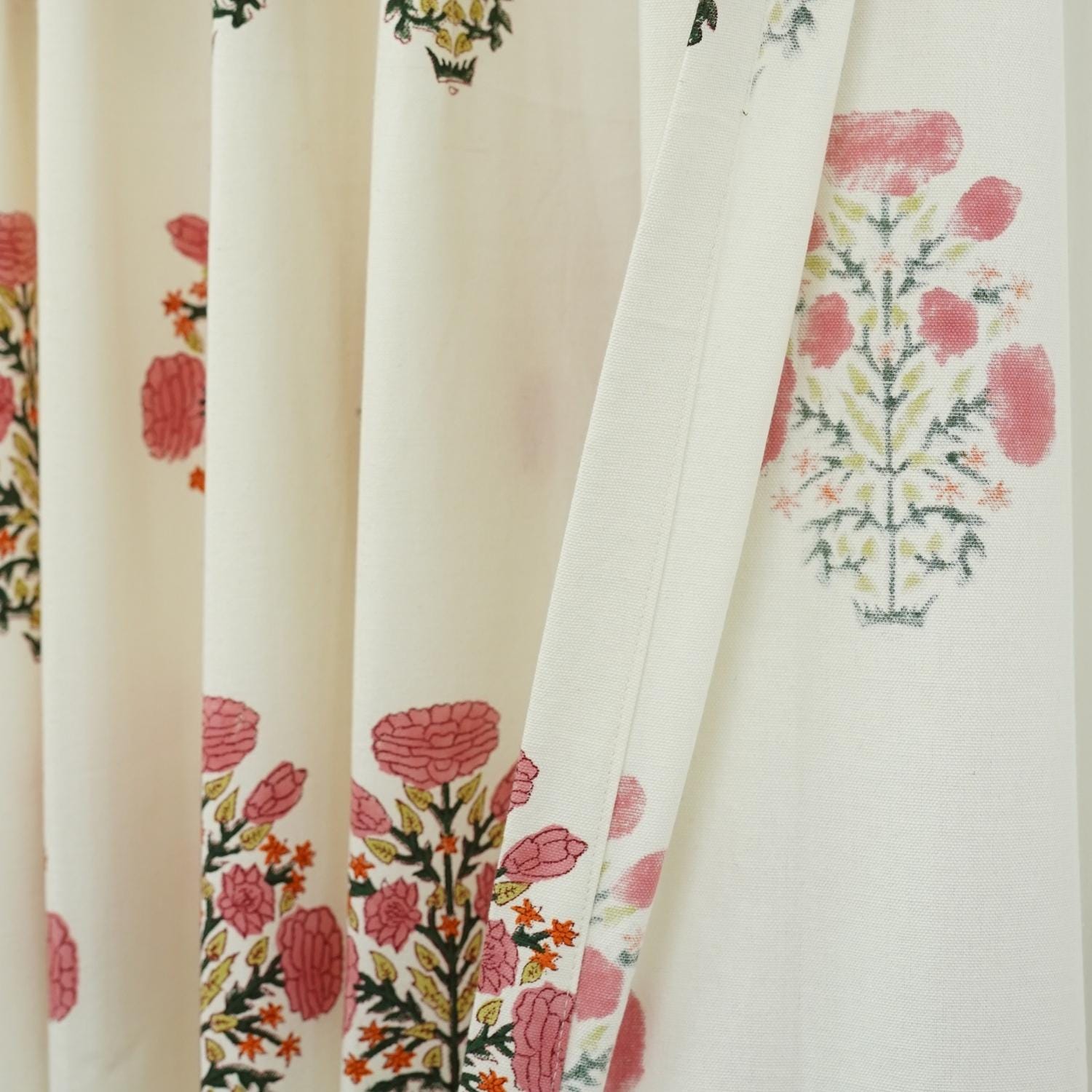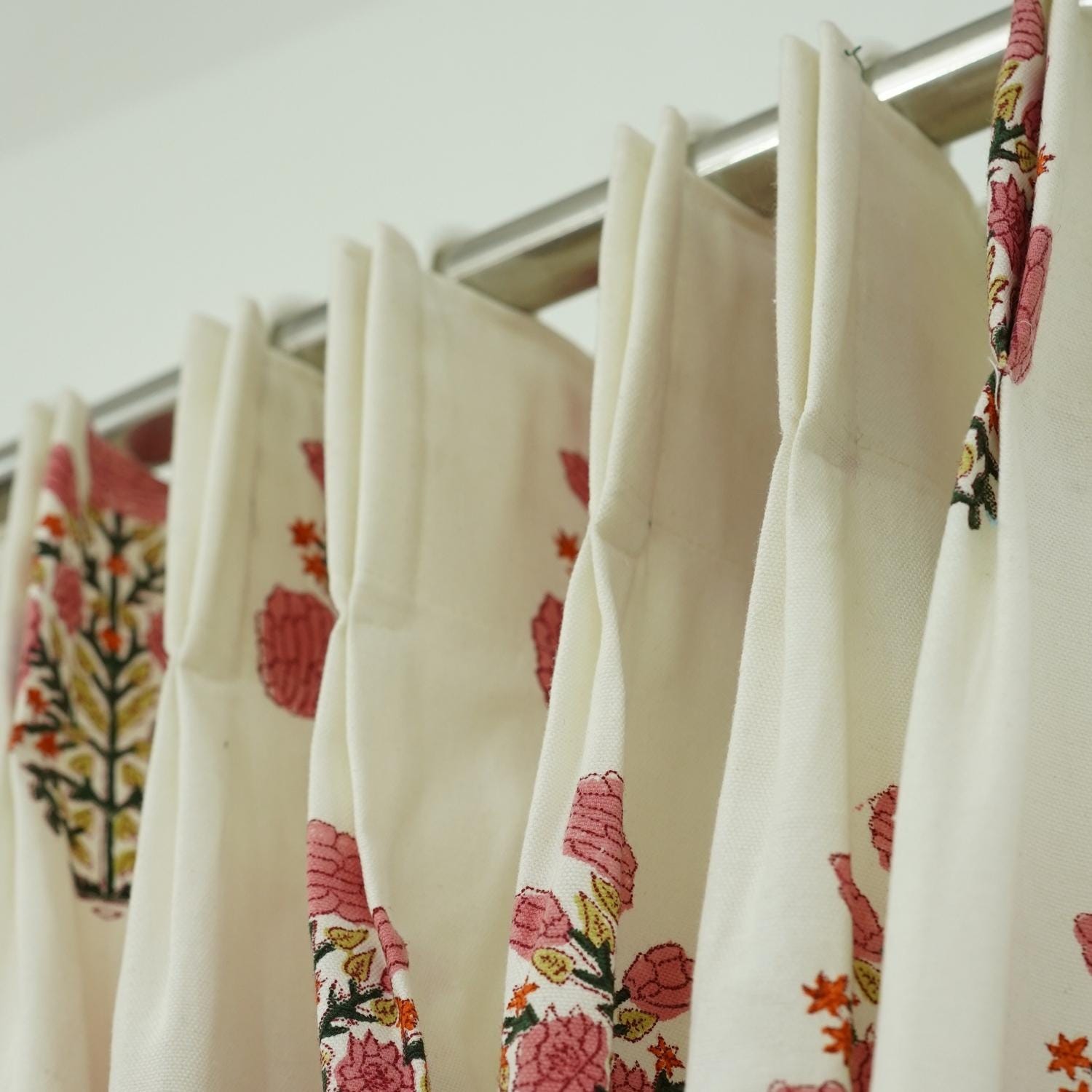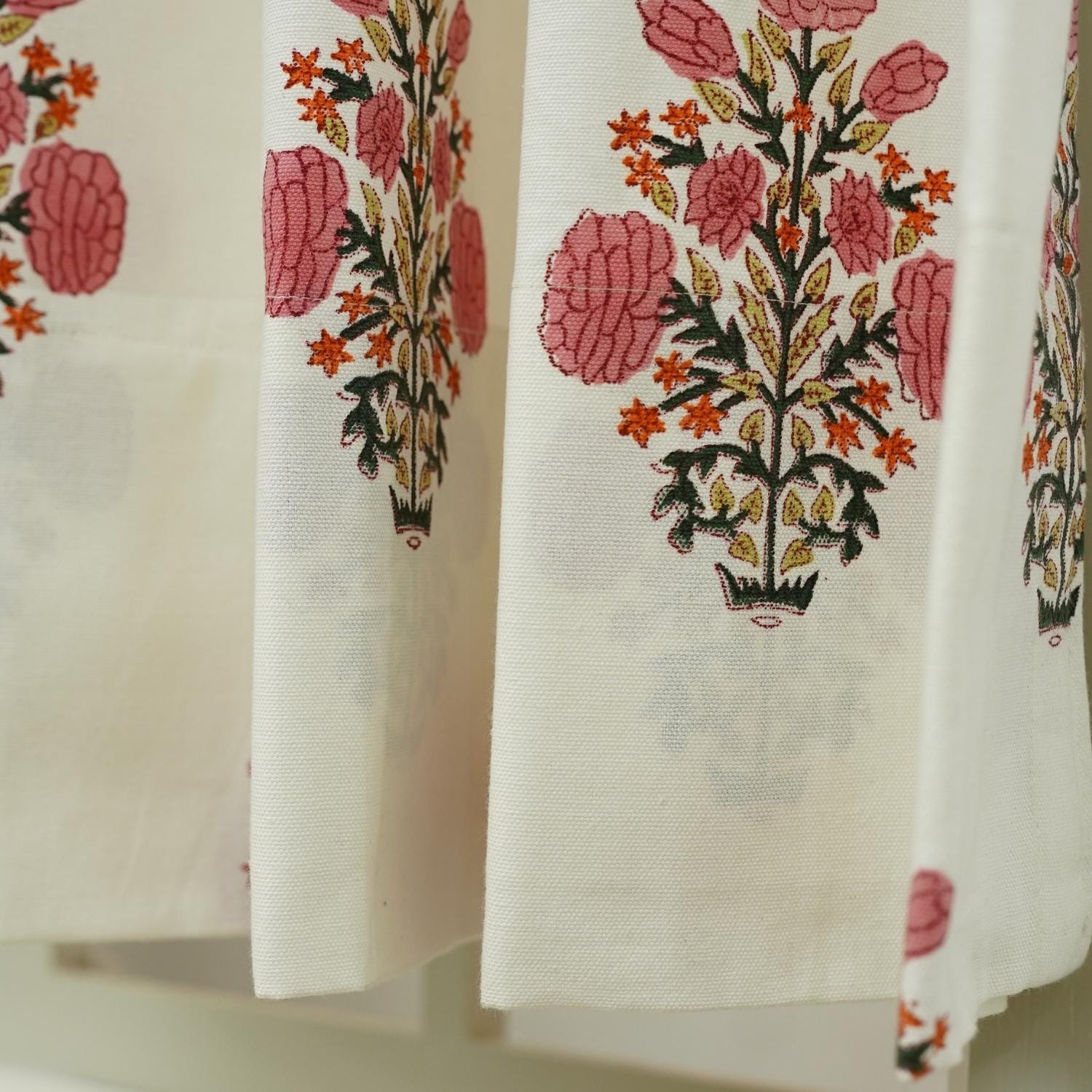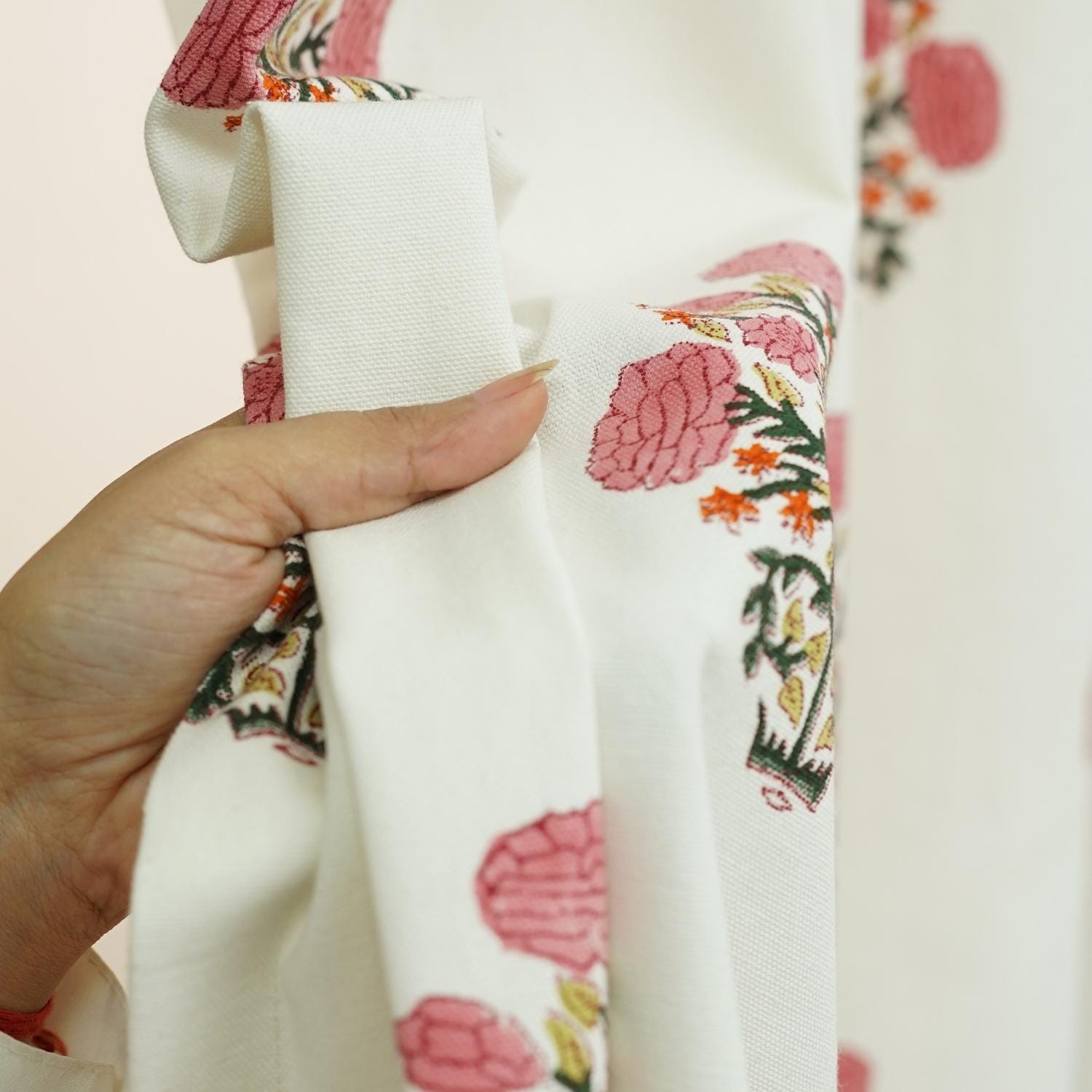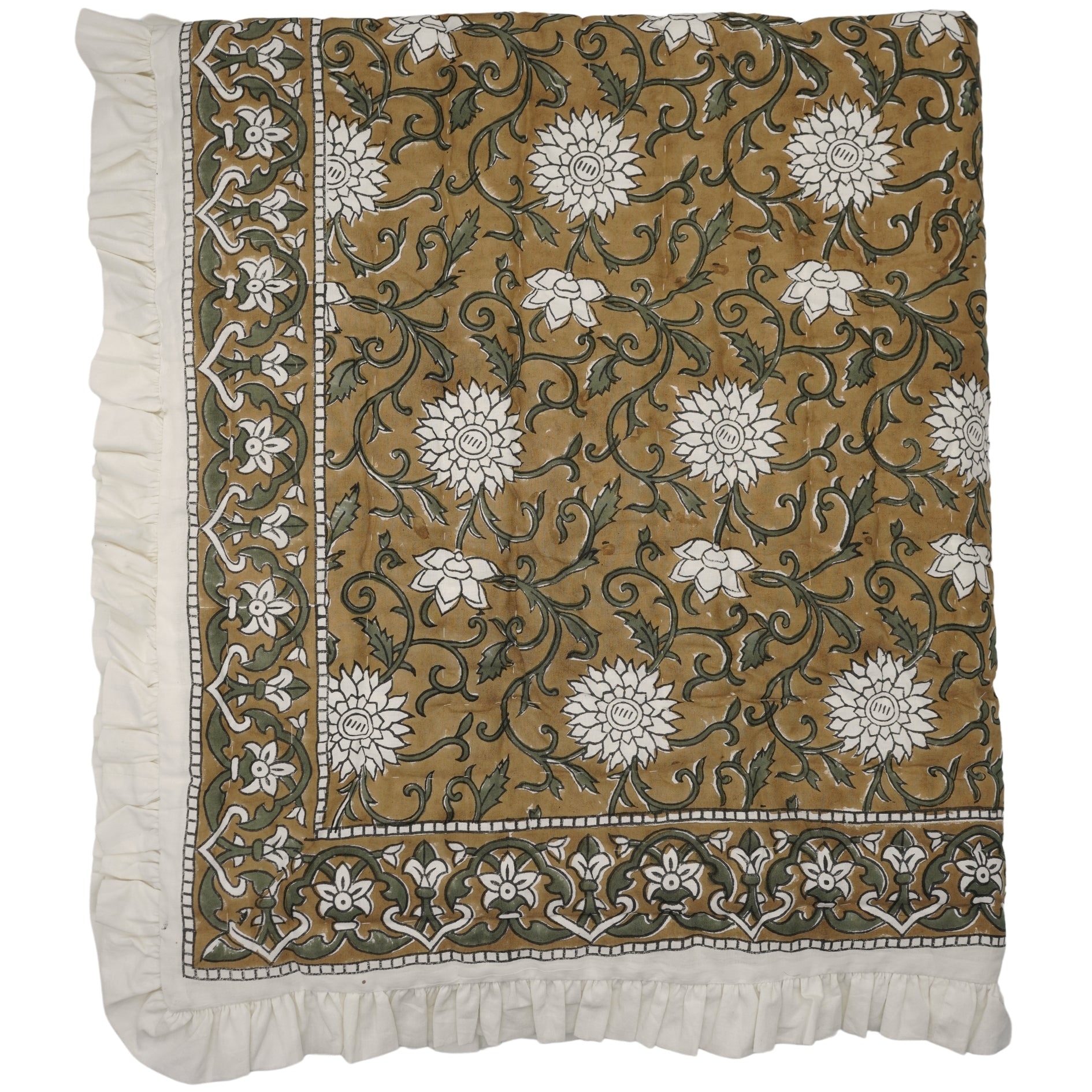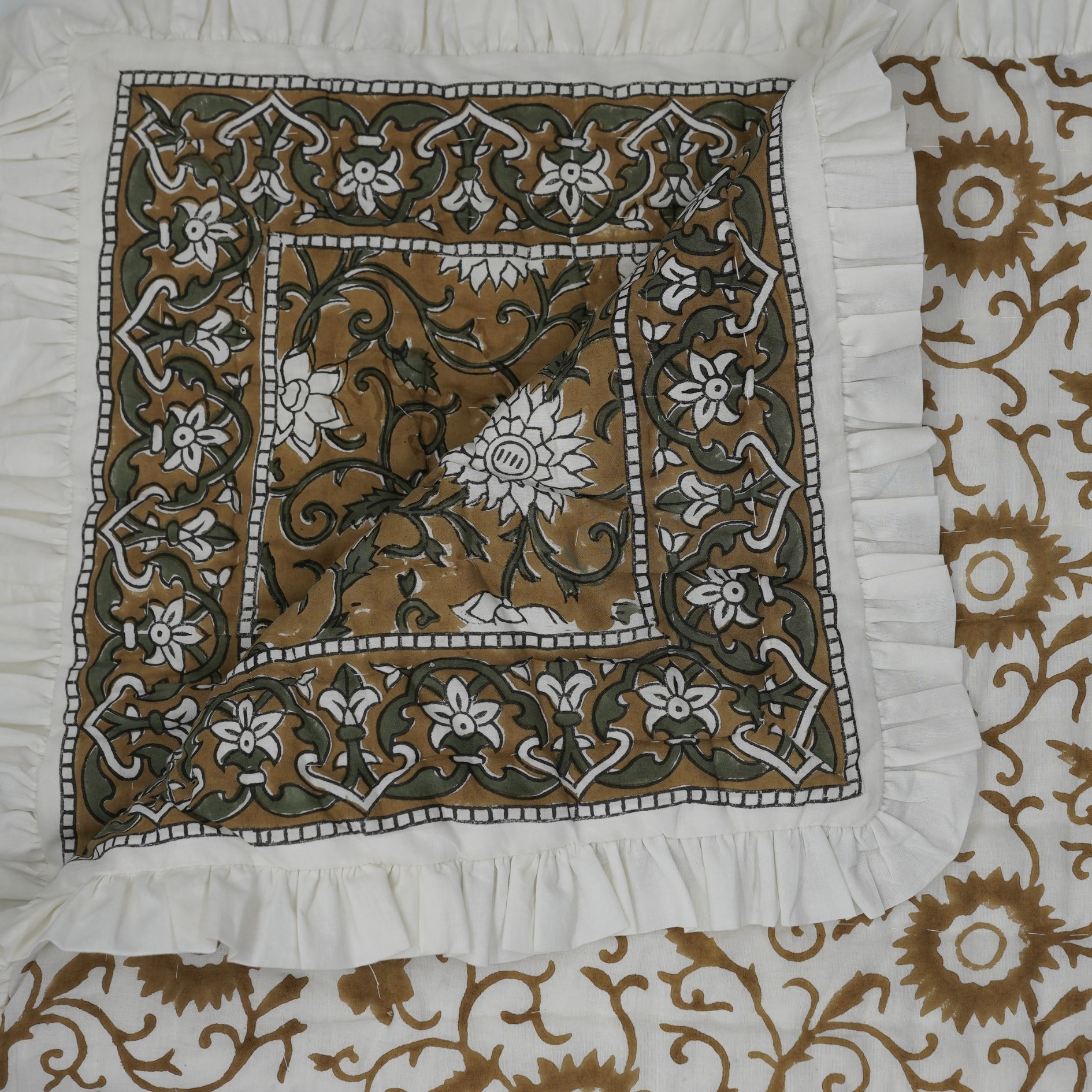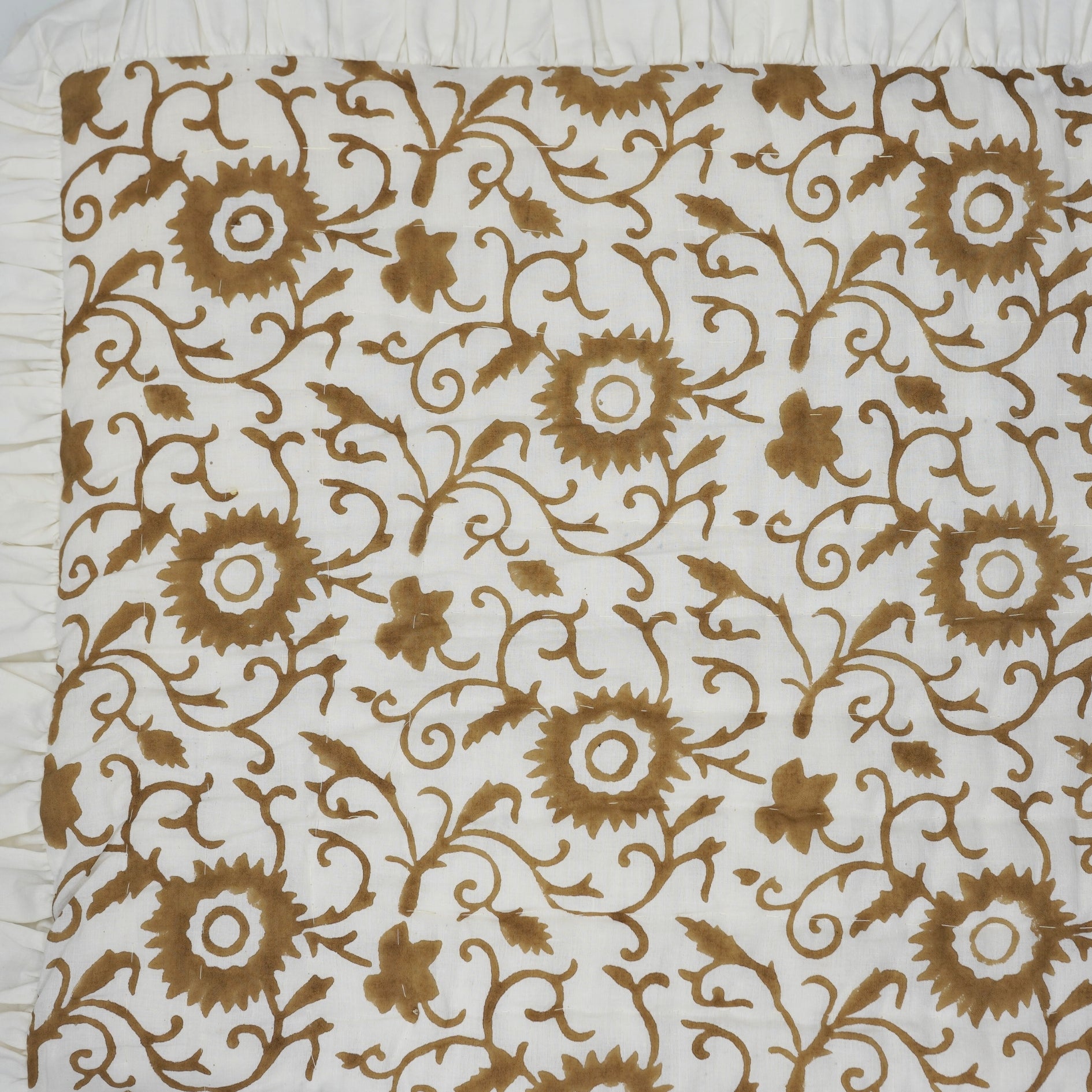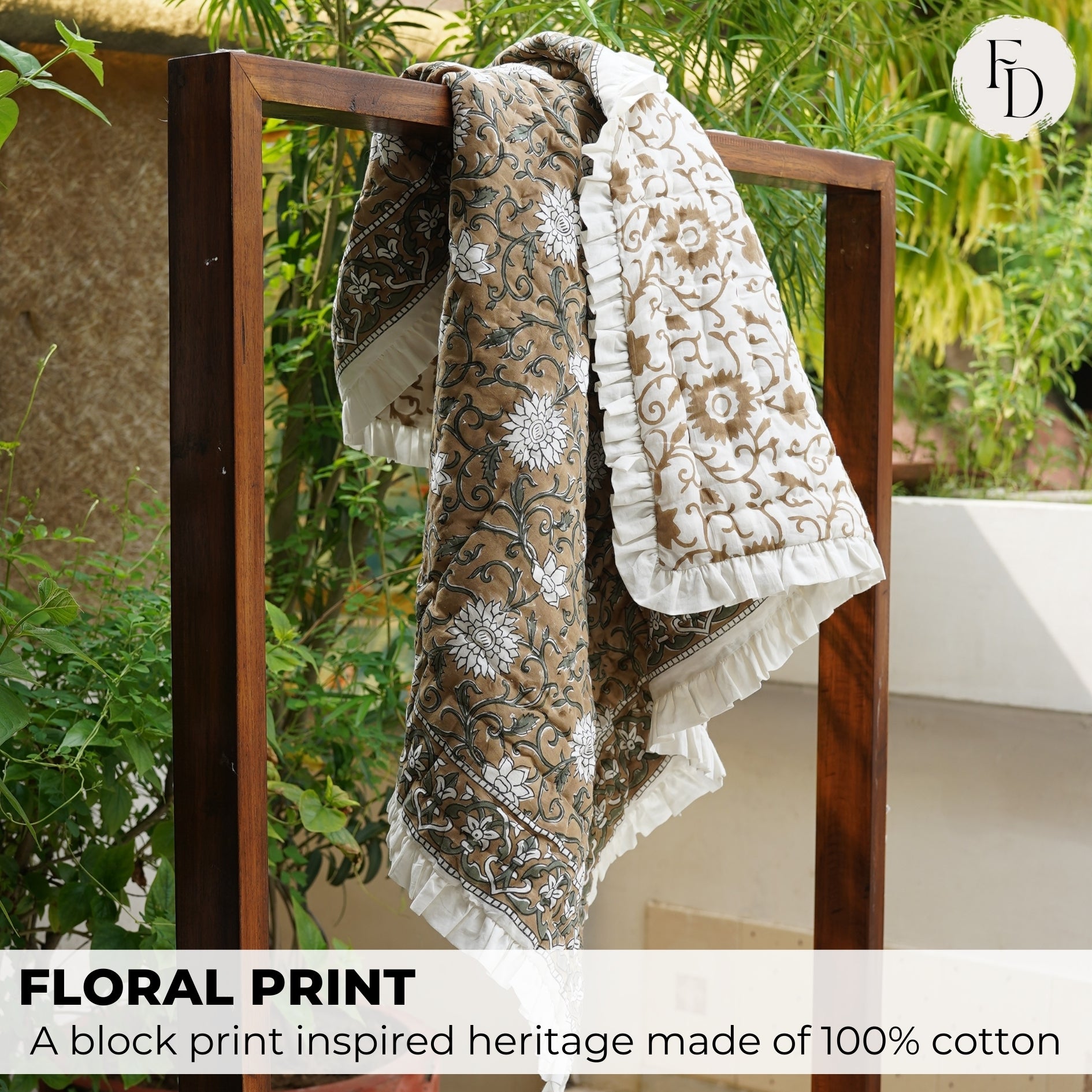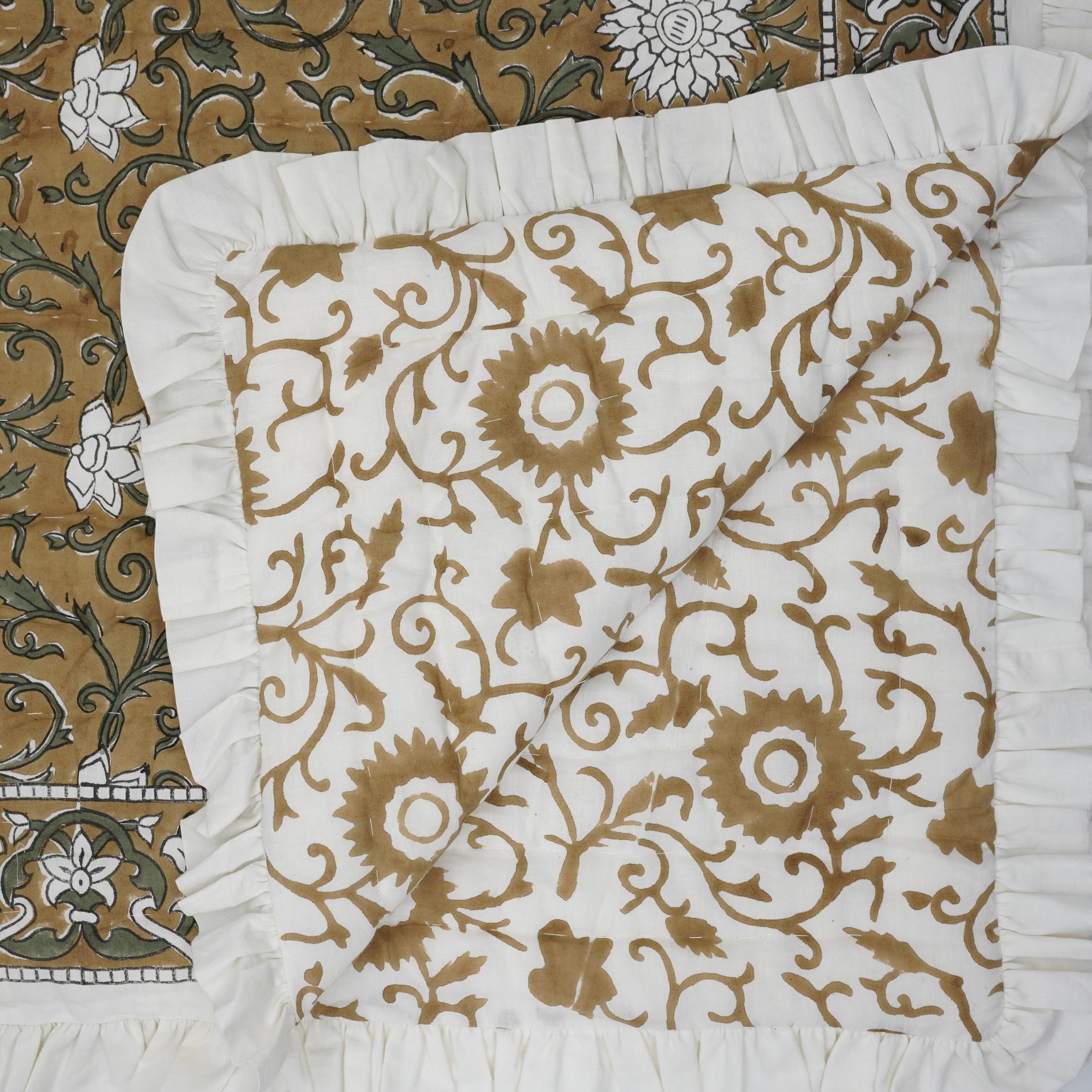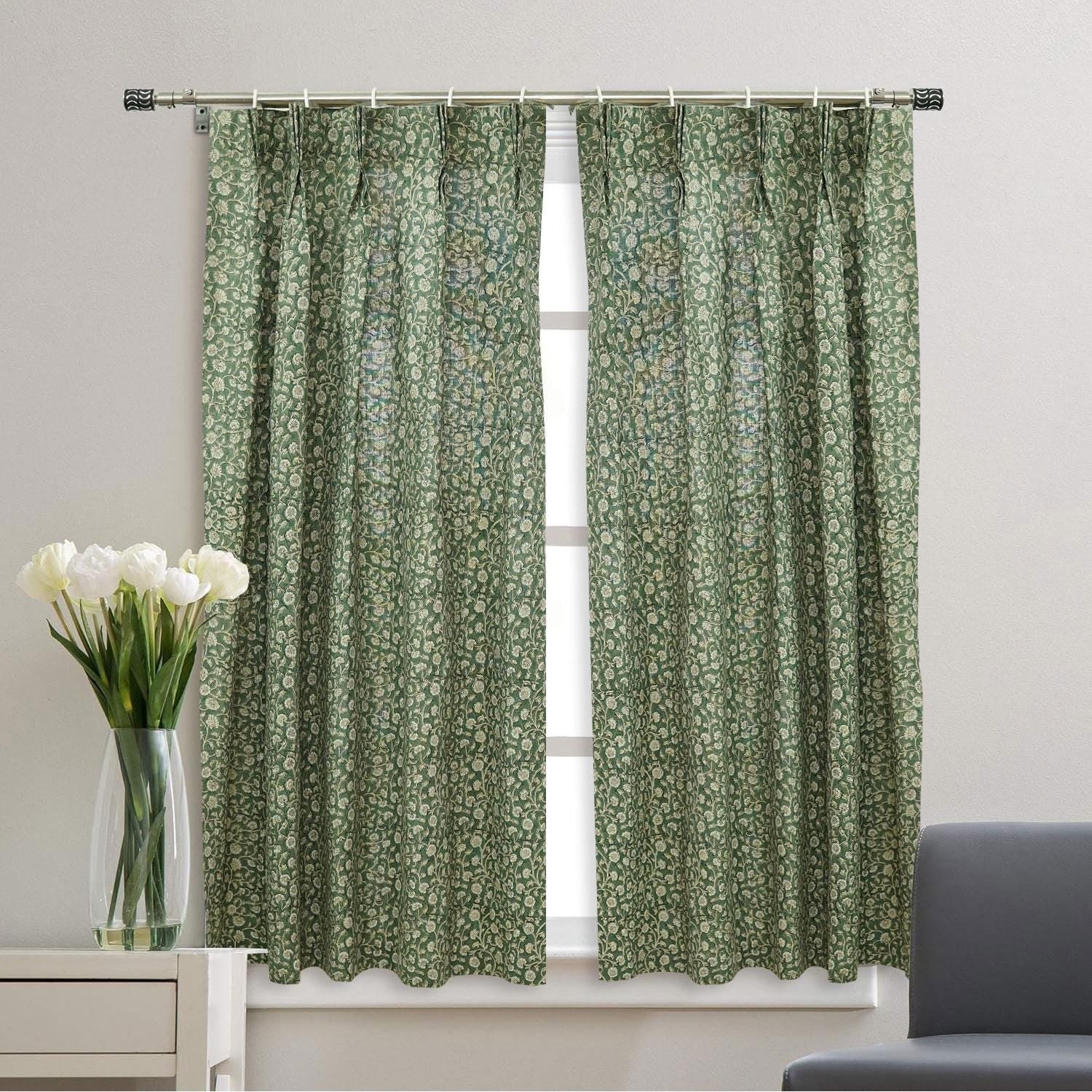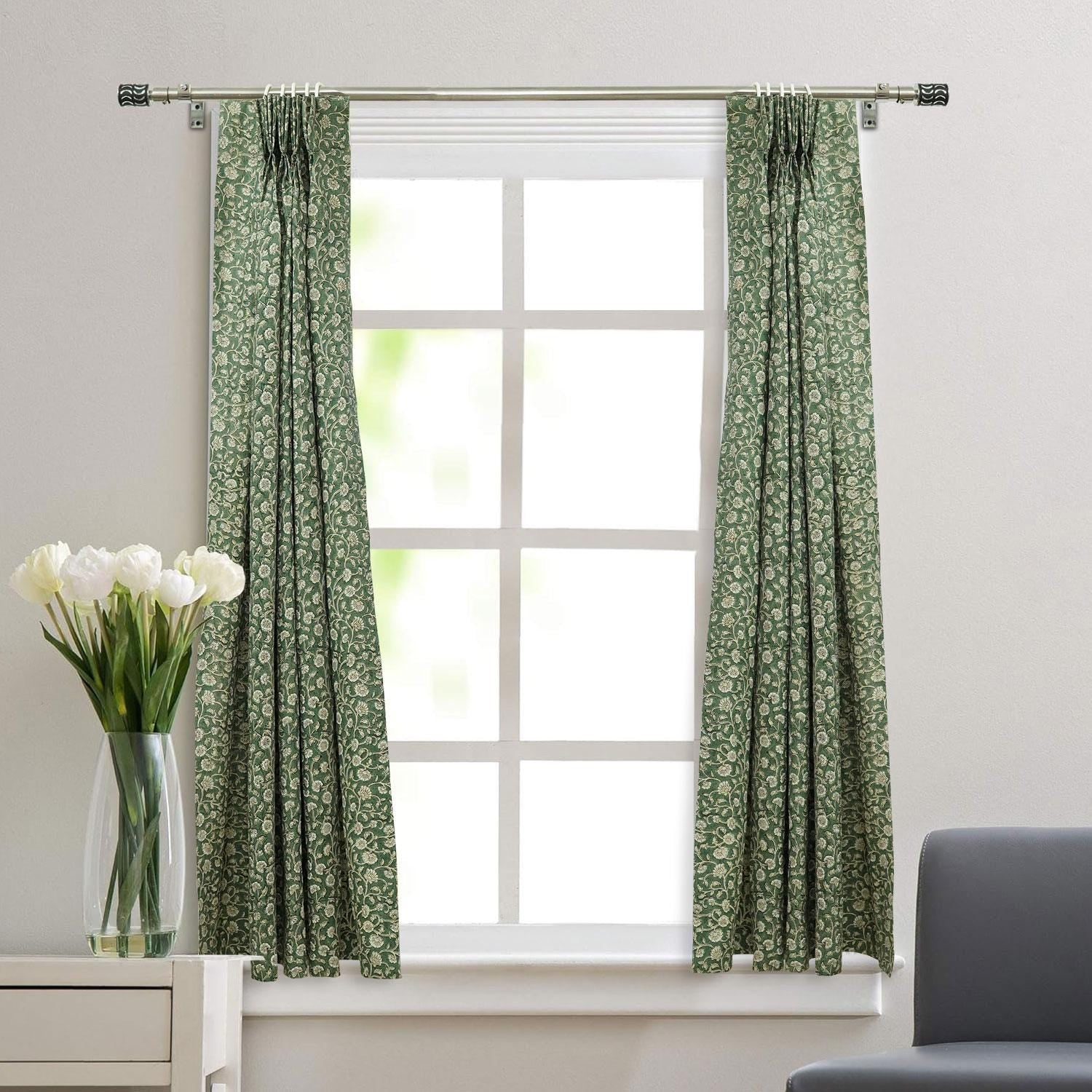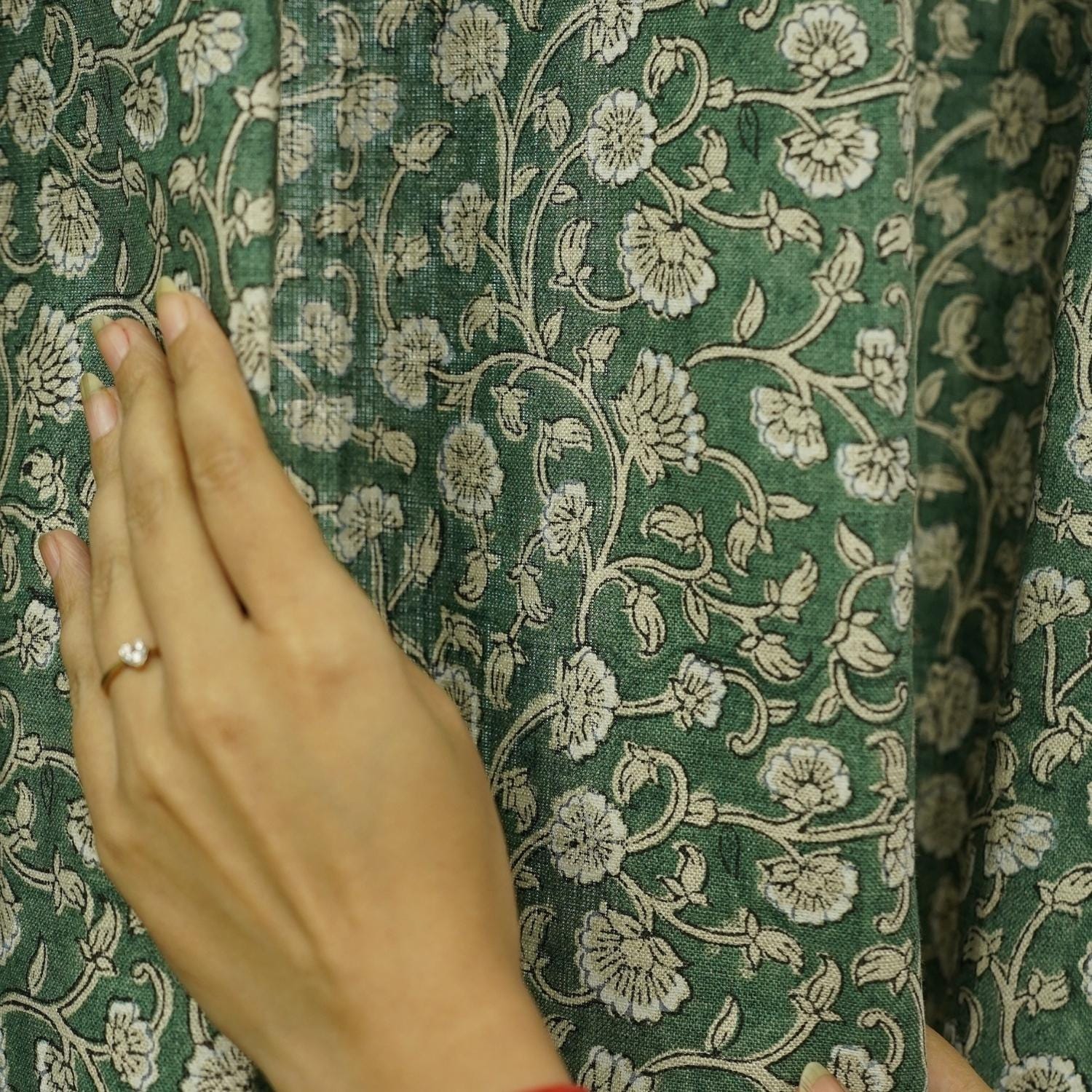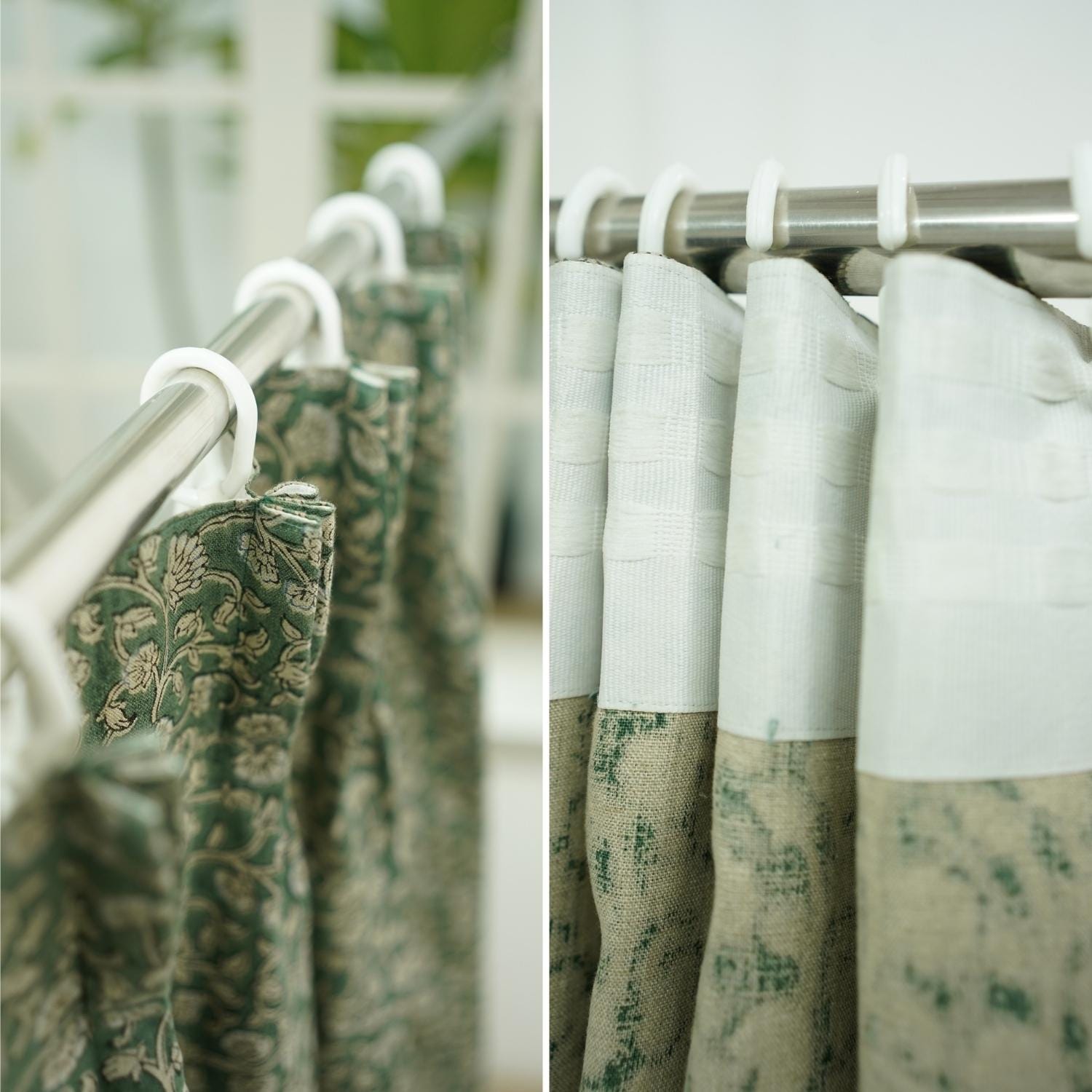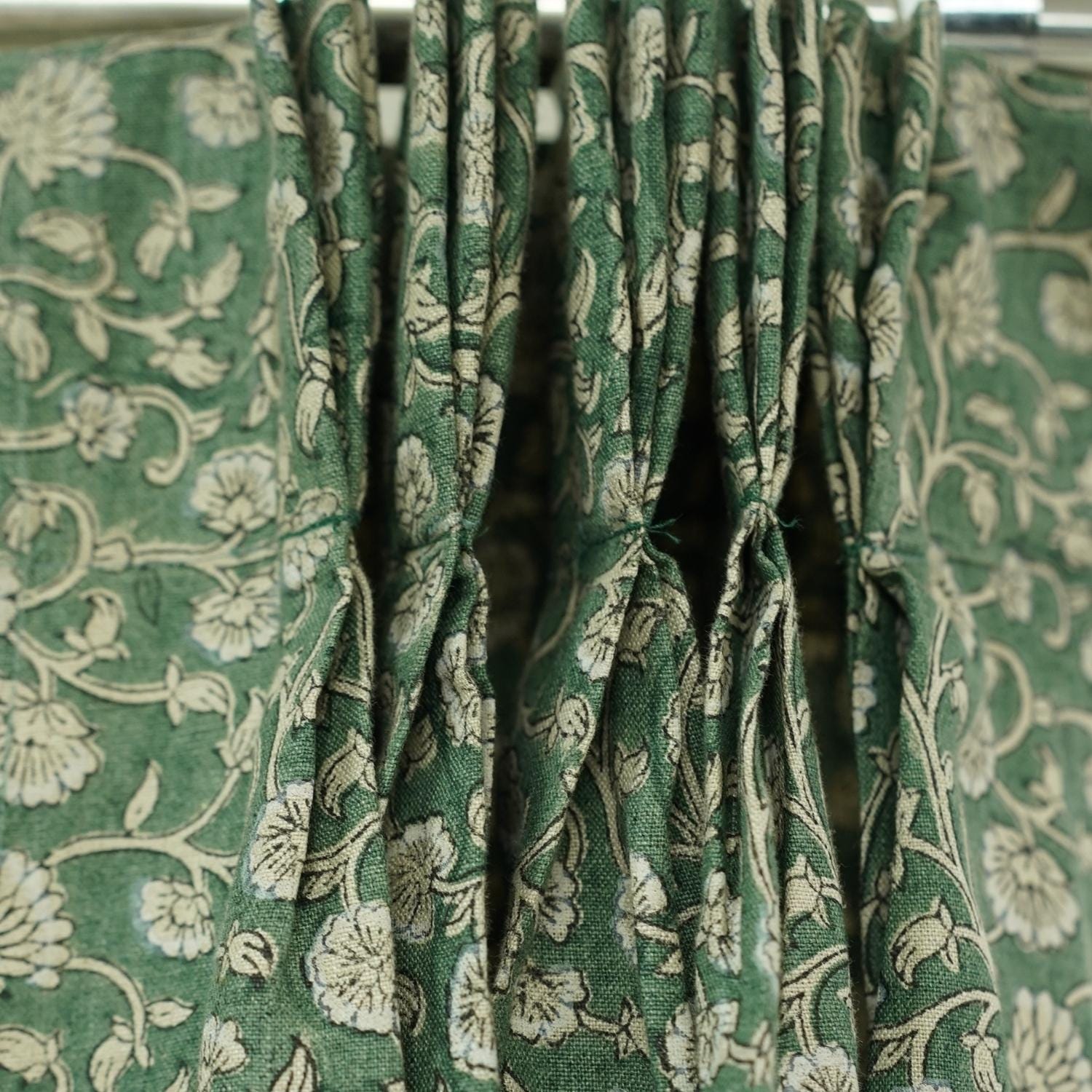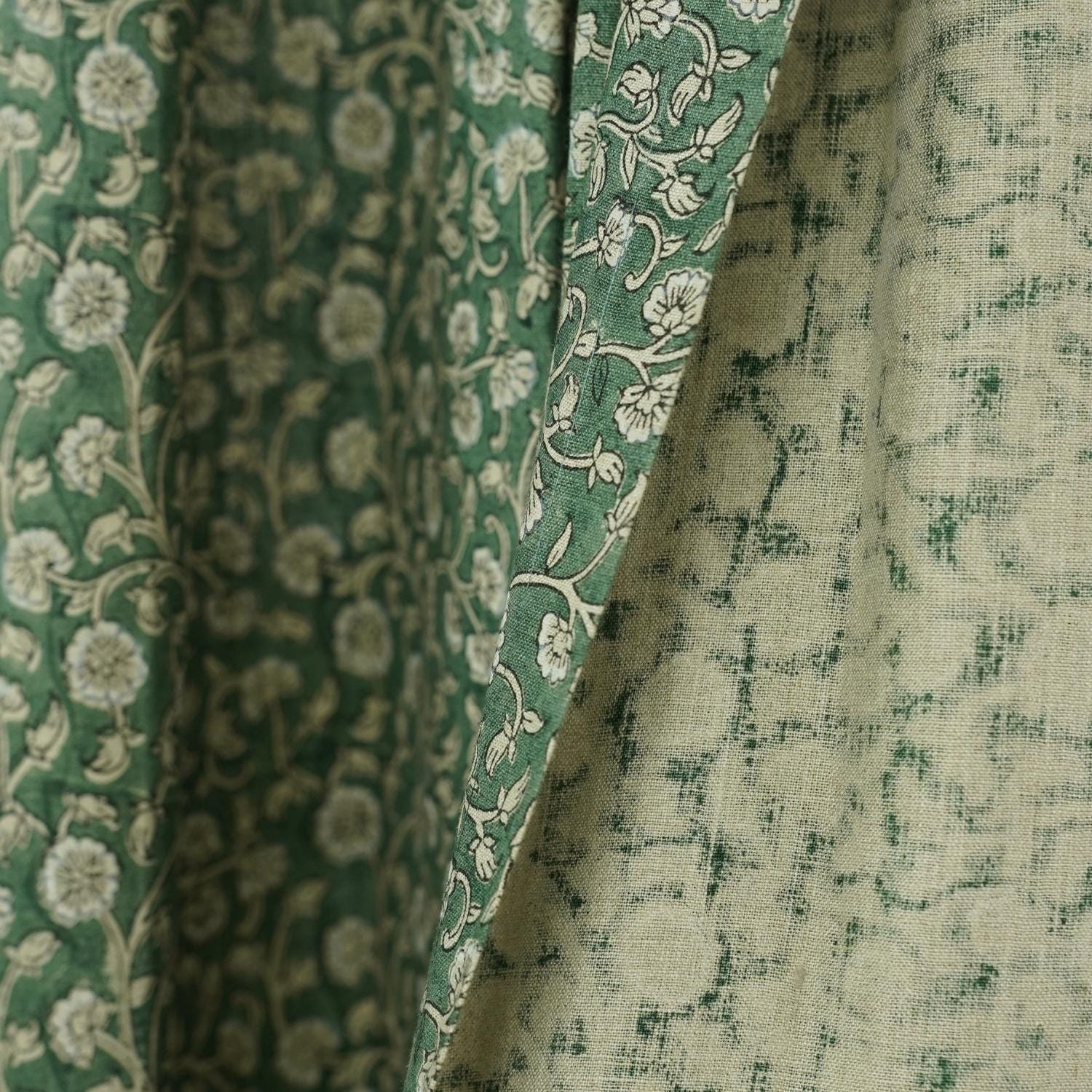The last time you ran an inventory of what your pillows contain inside and outside? It is normal to respond with the answer, never. The thing is, however, that the classical idea of a throw pillow does not imply comfort alone. They are the saviors of environmentally-friendly designs, and they come back big in 2025. Although contemporary pillow covers might be the current flow in high-end fashion decor sections of stores, their old versions are the true beauty (and era-friendly) versions.

In the words of one of the most famous U.S. interior stylists, Emily Henderson: "Design is not only aesthetically pleasing, it is the feel of it, the origin, the longevity."
Why Classic Beats Contemporary- No Doubt
Modern decorative pillow covers, most probably those that will be used now, are with polyester mix and synthetic colors, which are non-biodegradable and take decades to decompose. Sleek though they may be, they are a nightmare to the environment. Traditional decorative pillows made of cotton, linen, or wool are normally handmade, which is natural, breathable, and biodegradable on the other hand.
Fact Check: A synthetic contemporary pillow cover can require as many as 200 years to break down in a landfill. Traditional ones? It takes no more than 5 months! (Or a few years in case of the fabric).
What is so Special about Traditional Sofa Pillows?
Their green angle not only tugs on the heart; it is the narrative that they are presenting. Every heritage pillow represents heritage, craft, and love- a quality that a cover of a modern mass-produced piece can never match.
This is the difference between them:
• Artisan-Made: usually handmade, not pumped up by a machine.
• Eco-friendly Materials: It is time to think of handwoven cotton, linen of flax, and wool of the cruelty-free variety.
• It is free of Harsh Chemicals: Naturally dyed, skin-safe, non-toxic.
• Built to Last: This is not a purchase that will last a season. They’re keepers.
• Aging gracefully: Trends with a soul and personality.
The Silent Revolution Happening in American Living Rooms
The change is being taken up by American homeowners. Using the current data obtained by Google Keyword Planner, the searches conducted regarding terms such as traditional throw pillows and traditional sofa pillows have increased by 37 percent in the last 12 months. Why? As a result of the growing number of people who are opting to focus on quality as opposed to convenience, and sustainability as opposed to fast fashion.

Leanne Ford, a leading interior designer in the U.S. and on HGTV, says:
I just love what has a story to them and there is nothing like a hand-stitched pillow that has been made with a purpose. It’s real. It’s timeless."
The Way to Make the Classic Presentable with a Contemporary Look
Sure, you are free to mix the classic and contemporary without any problem. Here's how:
• Combine old-fashioned throw pillows with pillow covers modern, neutral in their shades.
• Textures of the layers, cotton and jute, or linen and soft wool.
• Put in some modern pillow covers in single shades in the background and leave the handcrafted beauties to take the centre stage.
Story The Fabdivine Connection: Where Story Meets Style
In Fabdivine, we do not sell products; we sell purpose. Our customized selection of classic throw pillows, hand-made ornamental drapes, eco-friendly lampshades, tablerunners, and additional house decorations isn't just home accent features; they are works of art. Each product is purchased ethically and manufactured by designers who continue to subscribe to quality over quantity.
So whenever you stop feeling the copy-paste fashion of the décor, and you see the need to give your house some soul, sustainability, and sophistication, it is time to switch.
Your tale is a better trim. A pillow will do. Remain with the purpose. Uniquely in Fabdivine.
Since, in an era of mass-produced, what is classic is radical.
FAQs
Q1. On what grounds am I supposed to use the traditional pillow throw other than the modern decorative pillow covers?
Other pillows, like traditional throw pillows, are durable and long-lasting as they are natural and environmentally friendly, as compared to contemporary decorative pillow covers that usually incorporate non-biodegradable synthetic fabrics.
Q2. Is my contemporary interior design suitable for the use of traditional sofa pillows?
Absolutely! Antique sofa pillows sit perfectly with a modernist pillow enclosure since they can introduce softness, depth, and the traditional physical functionality of a hand-made object into streamlined spaces.



